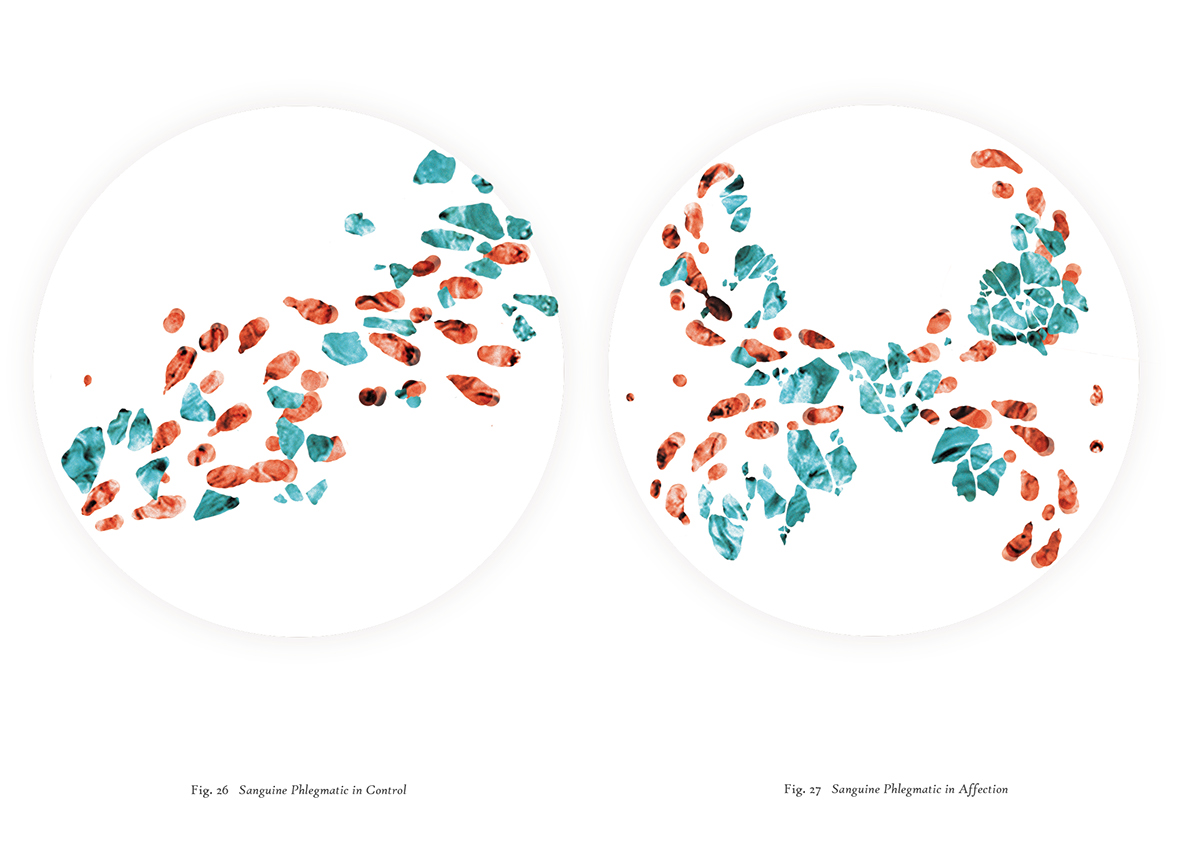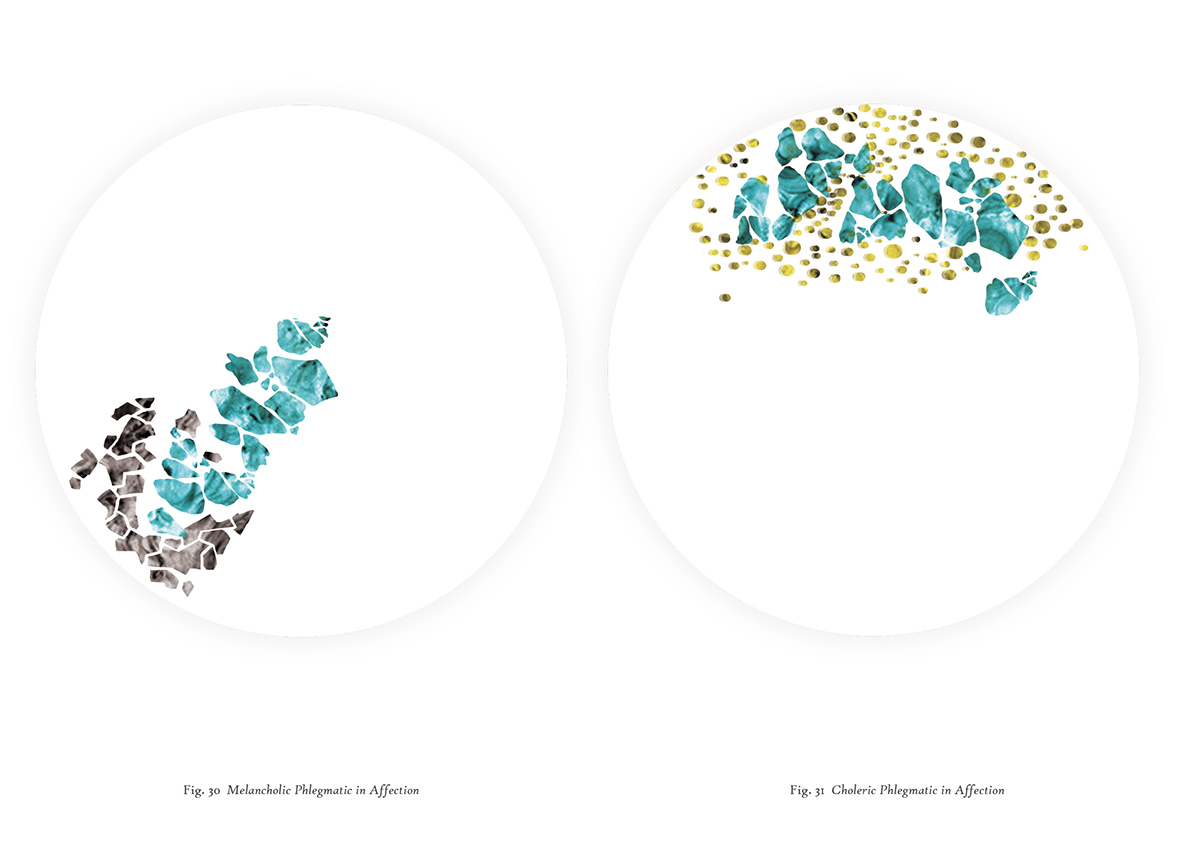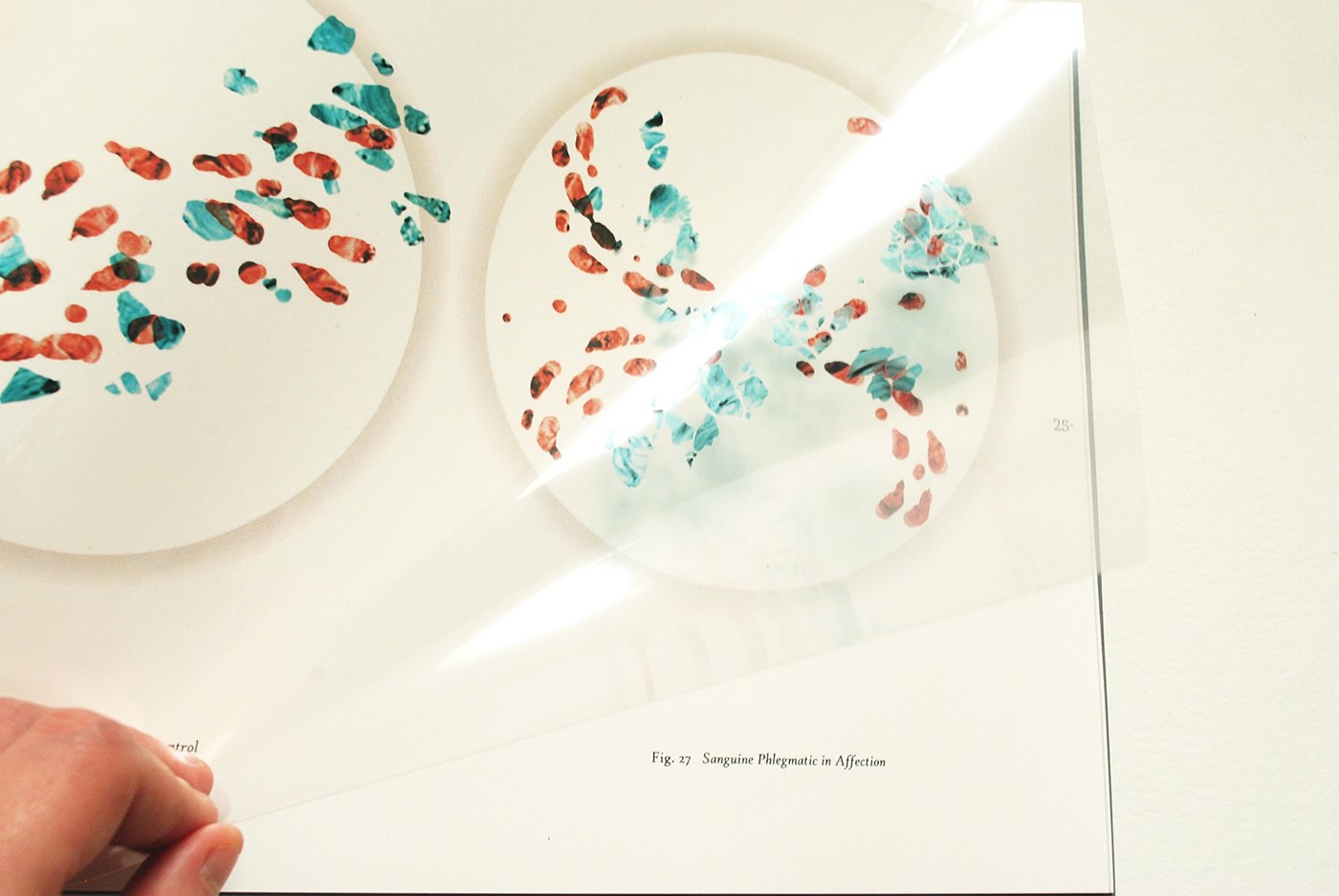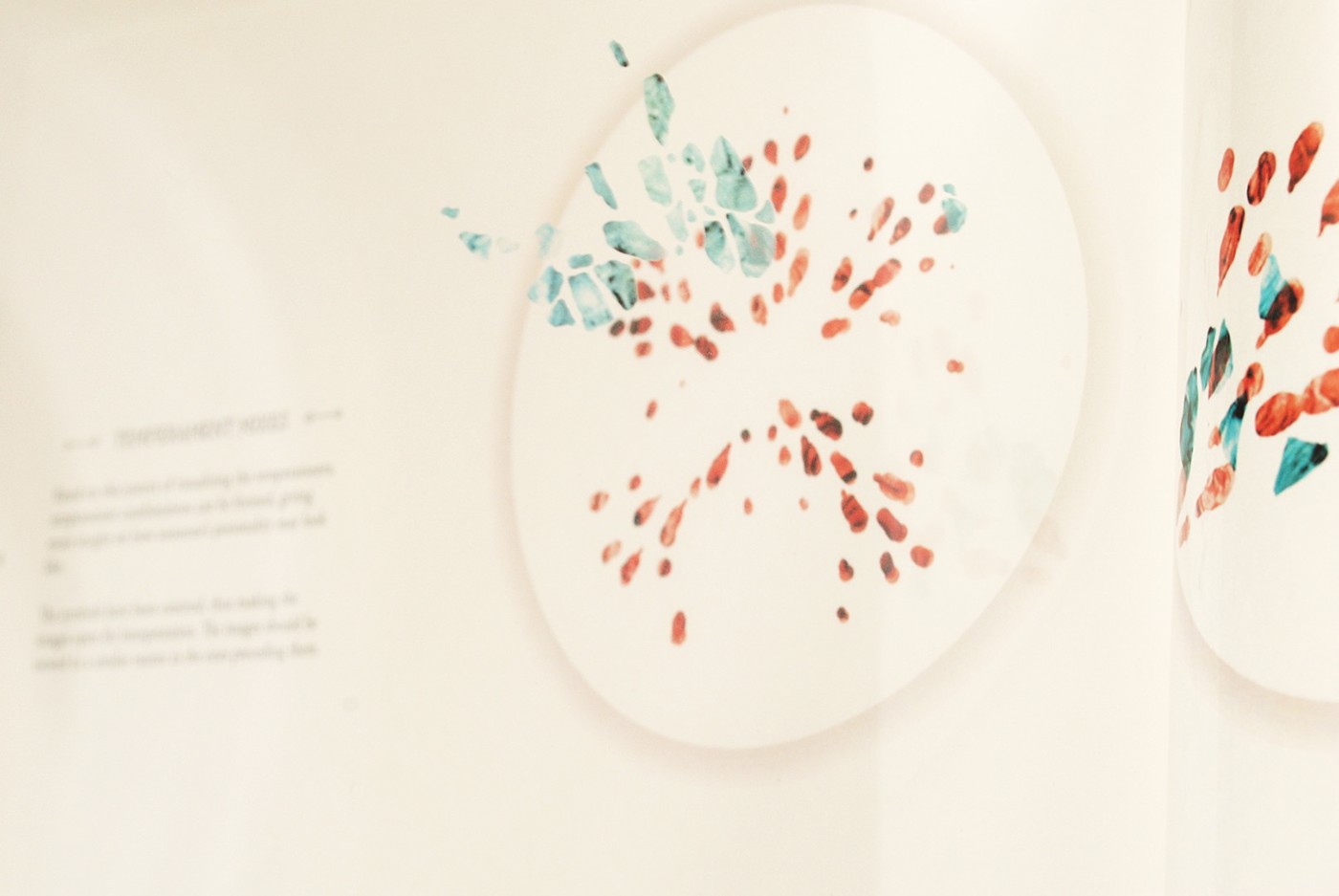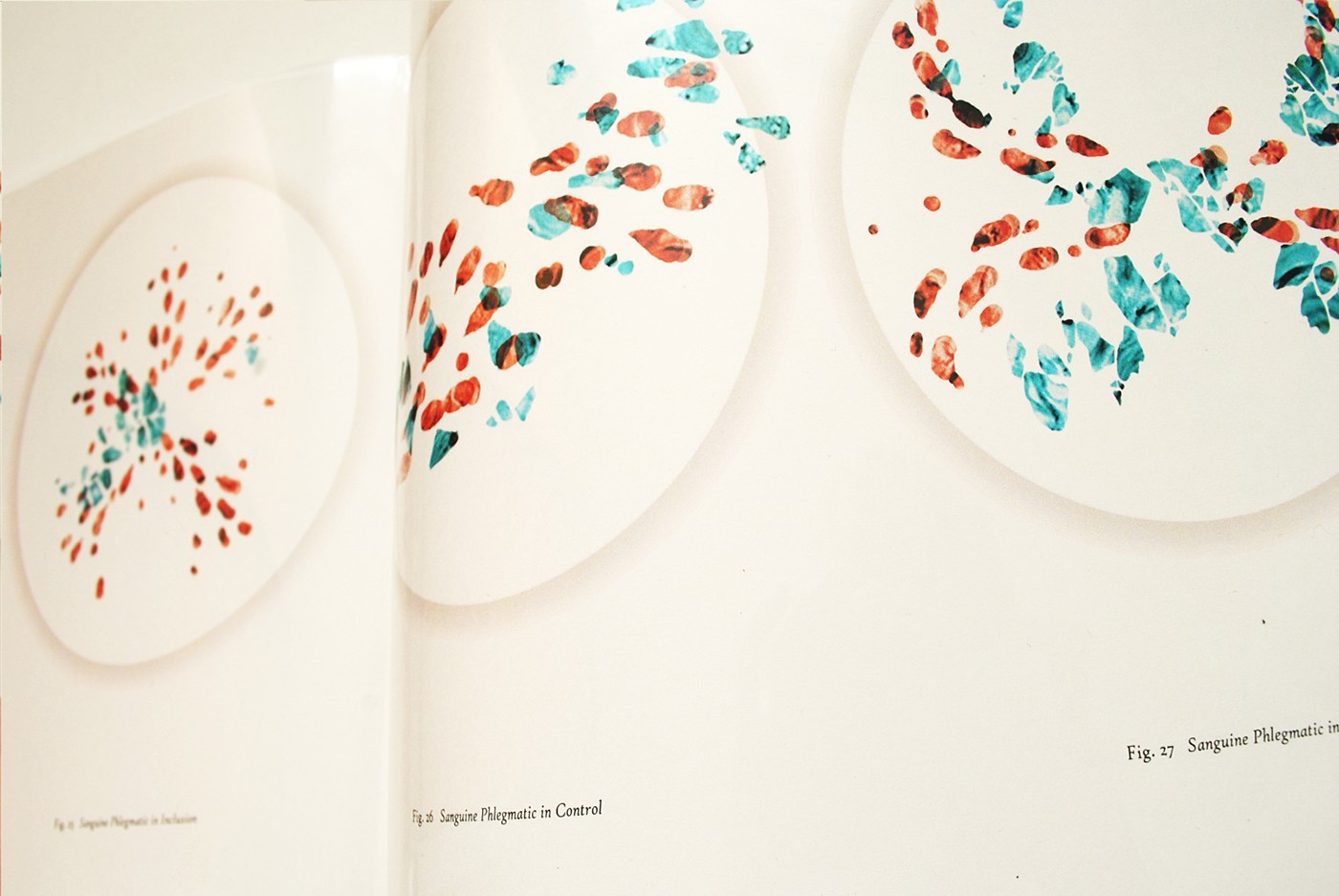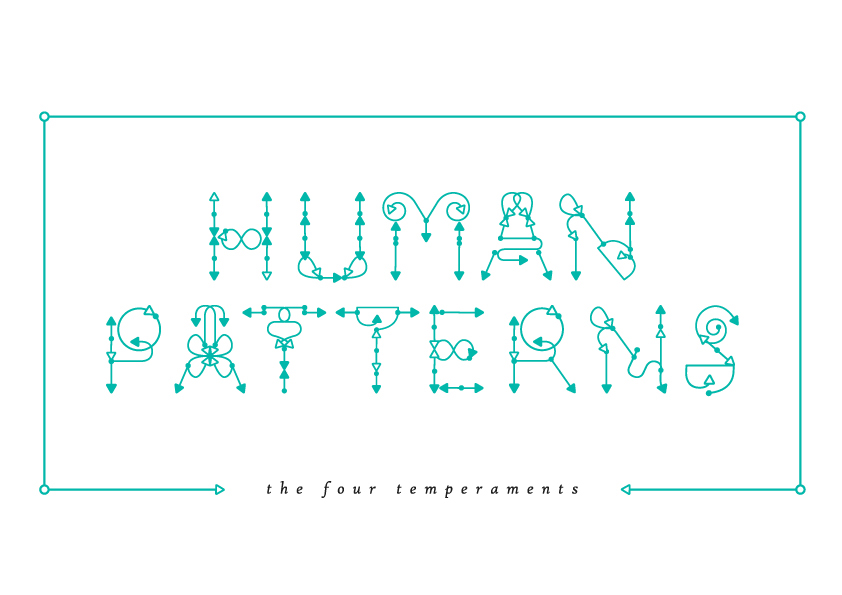
Ranging from simple histograms to dynamic images of the birth of galaxies, visualization tools have been key elements in scientific advancement. The ability to see data clearly creates a capacity for building intuition. However, “data” does not limit itself to numbers, figures and statistics.
What would come out if someone tried to visualize more abstract information? Like, for example, someone’s personality? What would you compare it to?
What would come out if someone tried to visualize more abstract information? Like, for example, someone’s personality? What would you compare it to?
This book contains visualizations based on the four temperaments found in Humorism. Keeping in mind that this type of information is quite abstract, there are certain rules you have to follow in order to understand how they work.
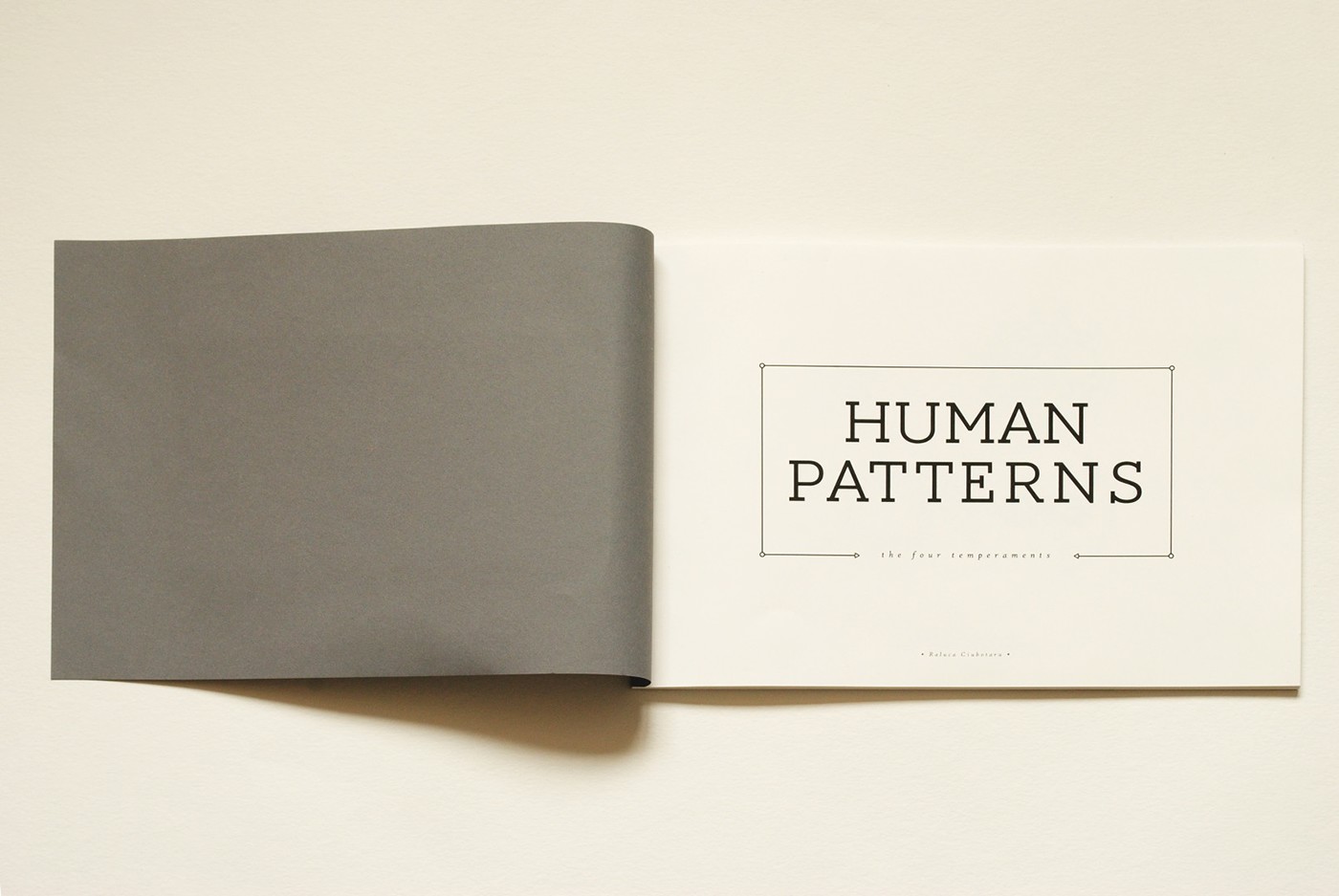
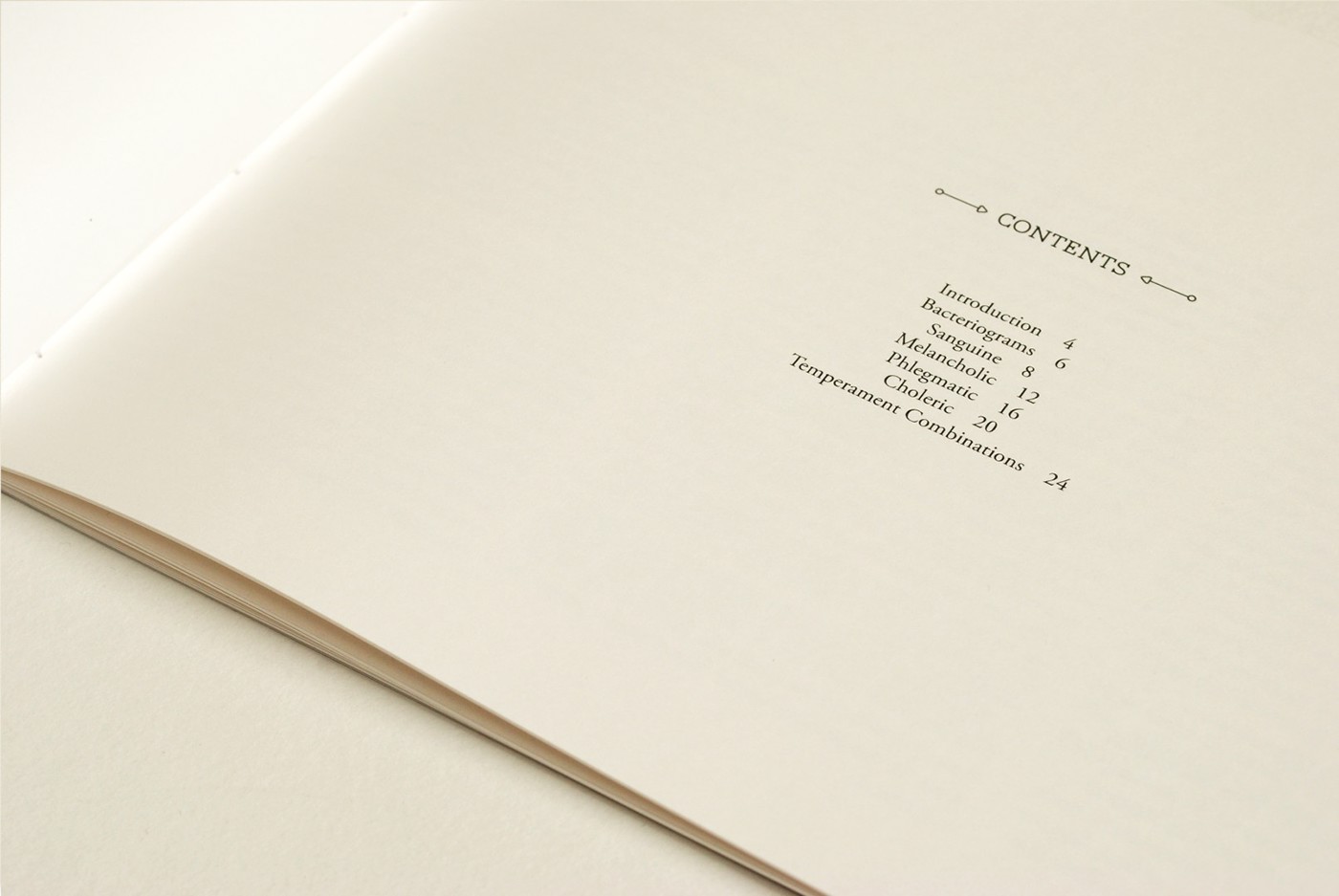
// Four Temperaments
Hippocrates believed certain human moods, emotions and behaviors were caused by body fluids (called “humors”): blood, yellow bile, black bile, and phlegm. Next, Galen (AD 131–200) developed the first typology of temperament in his dissertation “De temperamentis”, and searched for physiological reasons for different behaviors in humans. He mapped them to a matrix of hot/cold and dry/wet taken from the Four Elements. There could also be “balance” between the qualities, yielding a total of nine temperaments. The word “temperament” itself comes from Latin “temperare”, “to mix”.
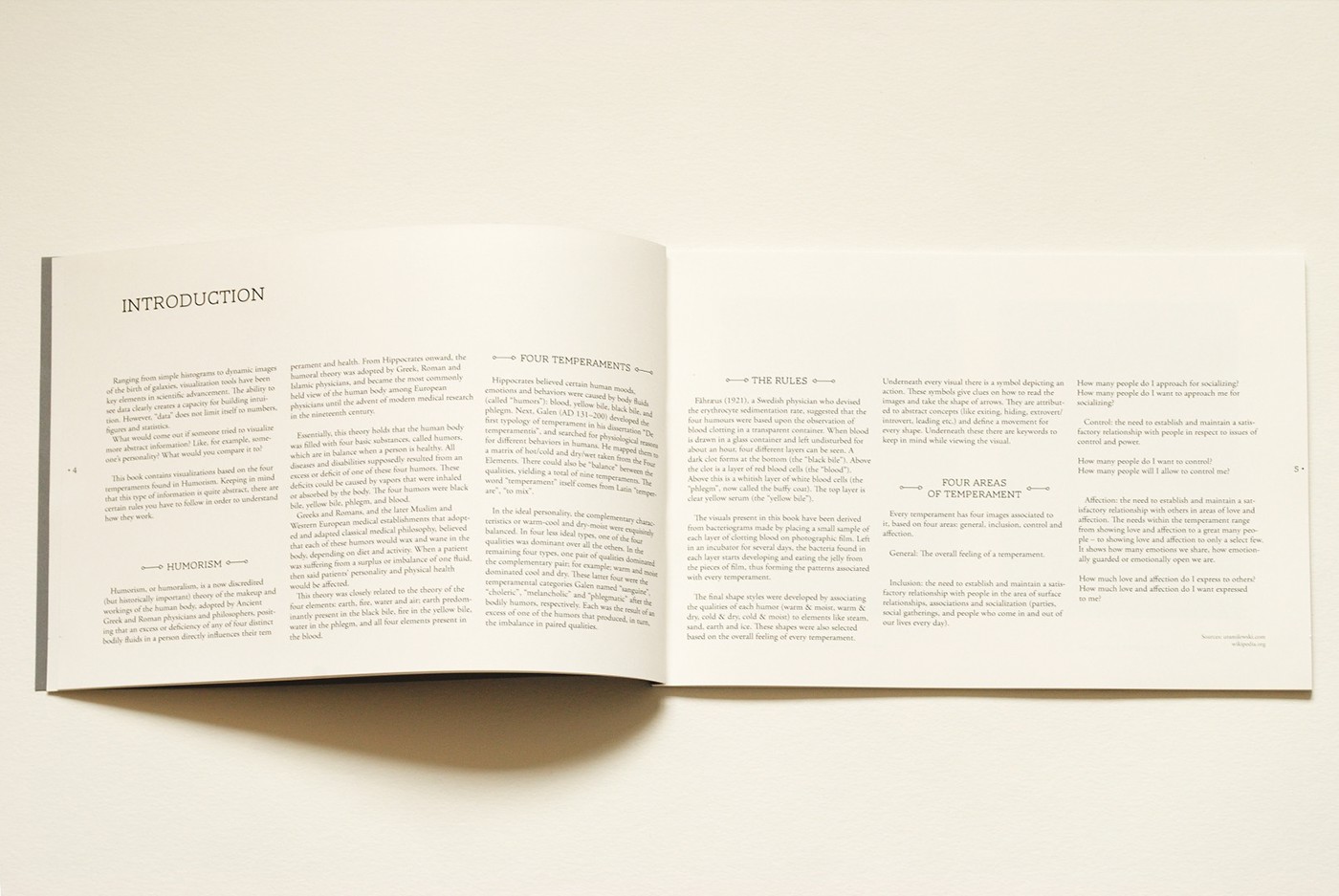
// Bacteriograms
Fåhræus (1921), a Swedish physician who devised the erythrocyte sedimentation rate, suggested that the four humours were based upon the observation of blood clotting in a transparent container. When blood is drawn in a glass container and left undisturbed for about an hour, four different layers can be seen. A dark clot forms at the bottom (the “black bile”). Above the clot is a layer of red blood cells (the “blood”). Above this is a whitish layer of white blood cells (the “phlegm”, now called the buffy coat). The top layer is clear yellow serum (the “yellow bile”).
The visuals present in this book have been derived from bacteriograms made by placing a small sample of each layer of clotting blood on photographic film. Left in an incubator for several days, the bacteria found in each layer starts developing and eating the jelly from the pieces of film, thus forming the patterns associated with every temperament.
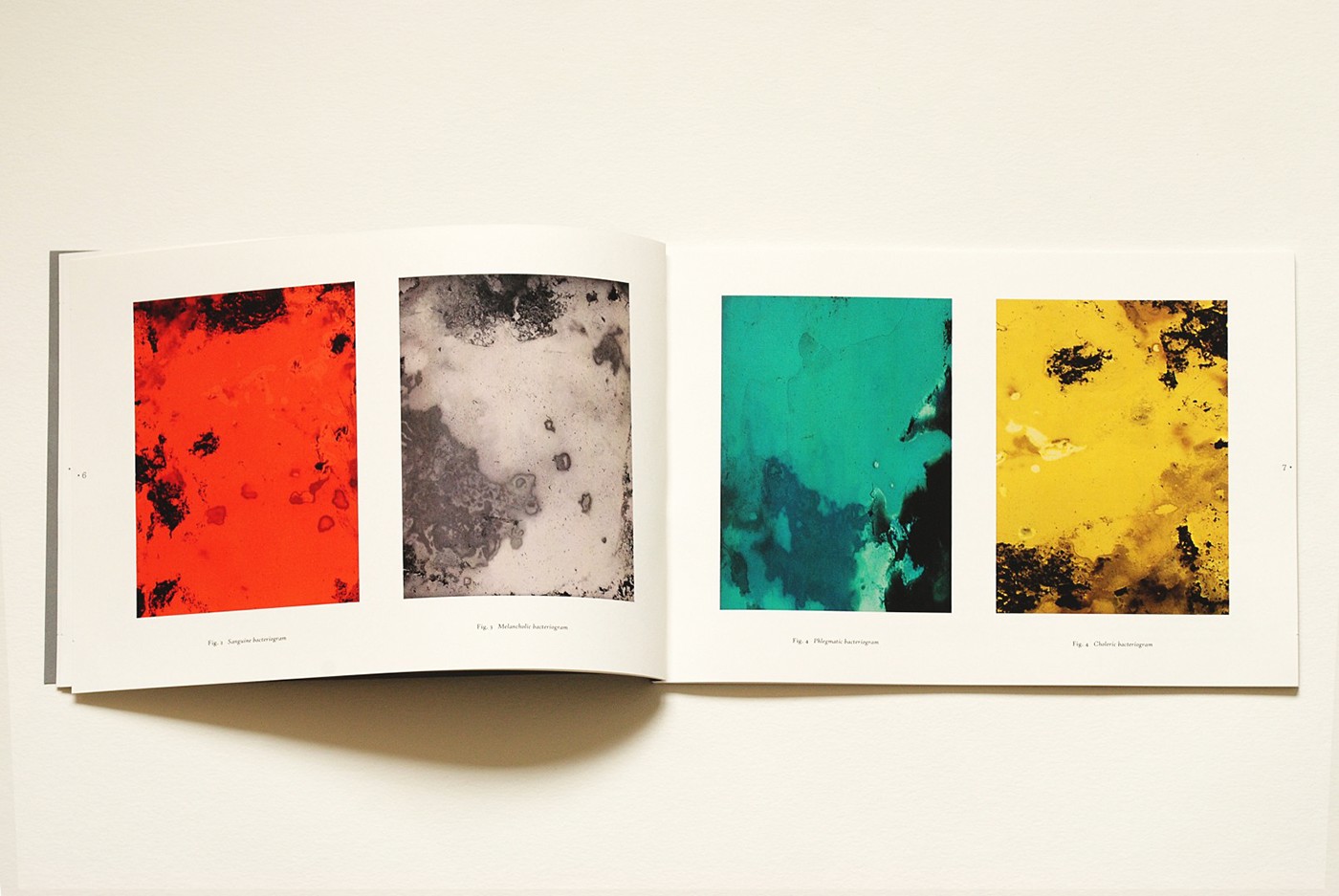
The final shape styles were developed by associating the qualities of each humor (warm & moist, warm & dry, cold & dry, cold & moist) to elements like steam, sand, earth and ice. These shapes were also selected based on the overall feeling of every temperament.
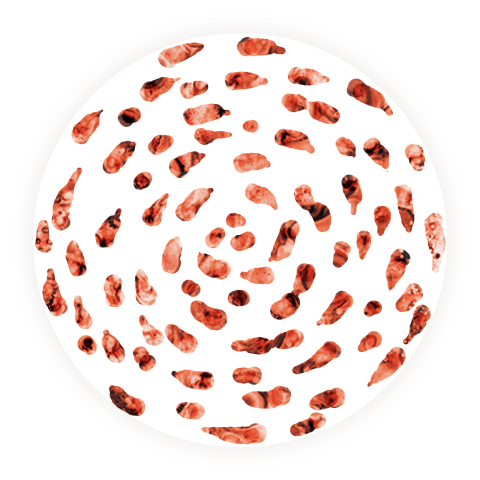
- Sanguine (general) -
warm & moist
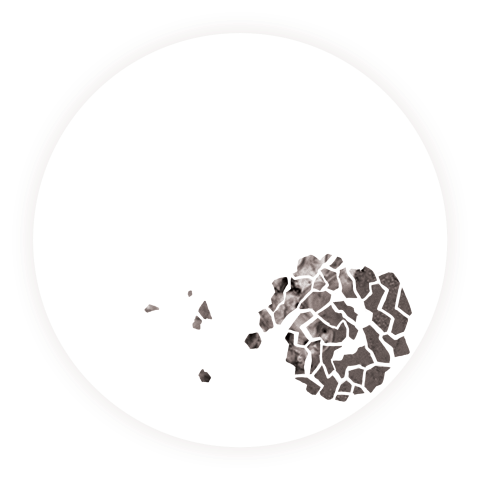
- Melancholic (general) -
cold & dry
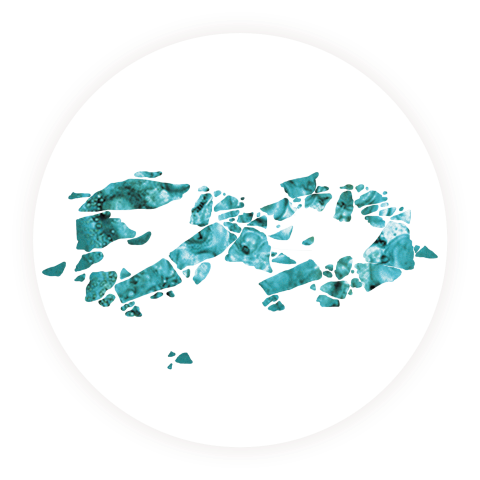
- Phlegmatic (general) -
cold & moist
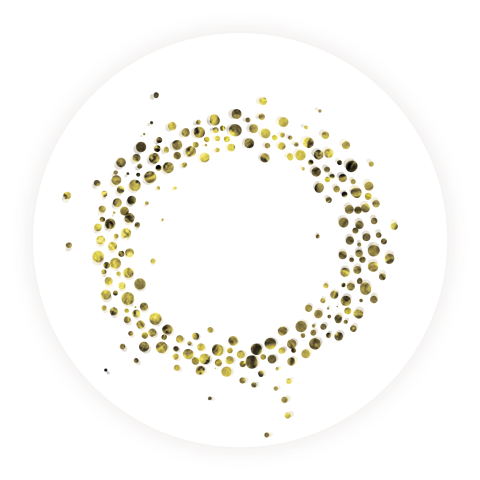
- Choleric (general) -
warm & dry
Underneath every visual there is a symbol depicting an action. These symbols give clues on how to read the images and take the shape of arrows. They are attributed to abstract concepts (like exiting, hiding, extrovert/introvert, leading etc.) and define a movement for every shape. Underneath these there are keywords to keep in mind while viewing the visual.

Sanguine // Melancholic // Phelgmatic // Choleric
Every temperament has four images associated to it, based on four areas: general, inclusion, control and affection.
General: The overall feeling of a temperament.
Inclusion: the need to establish and maintain a satisfactory relationship with people in the area of surface relationships, associations and socialization (parties, social gatherings, and people who come in and out of our lives every day).
How many people do I approach for socializing?
How many people do I want to approach me for socializing?
Inclusion: the need to establish and maintain a satisfactory relationship with people in the area of surface relationships, associations and socialization (parties, social gatherings, and people who come in and out of our lives every day).
How many people do I approach for socializing?
How many people do I want to approach me for socializing?
Control: the need to establish and maintain a satisfactory relationship with people in respect to issues of control and power.
How many people do I want to control?
How many people will I allow to control me?
Affection: the need to establish and maintain a satisfactory relationship with others in areas of love and affection. The needs within the temperament range from showing love and affection to a great many people – to showing love and affection to only a select few. It shows how many emotions we share, how emotionally guarded or emotionally open we are.
How much love and affection do I express to others?
How much love and affection do I want expressed to me?
How many people do I want to control?
How many people will I allow to control me?
Affection: the need to establish and maintain a satisfactory relationship with others in areas of love and affection. The needs within the temperament range from showing love and affection to a great many people – to showing love and affection to only a select few. It shows how many emotions we share, how emotionally guarded or emotionally open we are.
How much love and affection do I express to others?
How much love and affection do I want expressed to me?

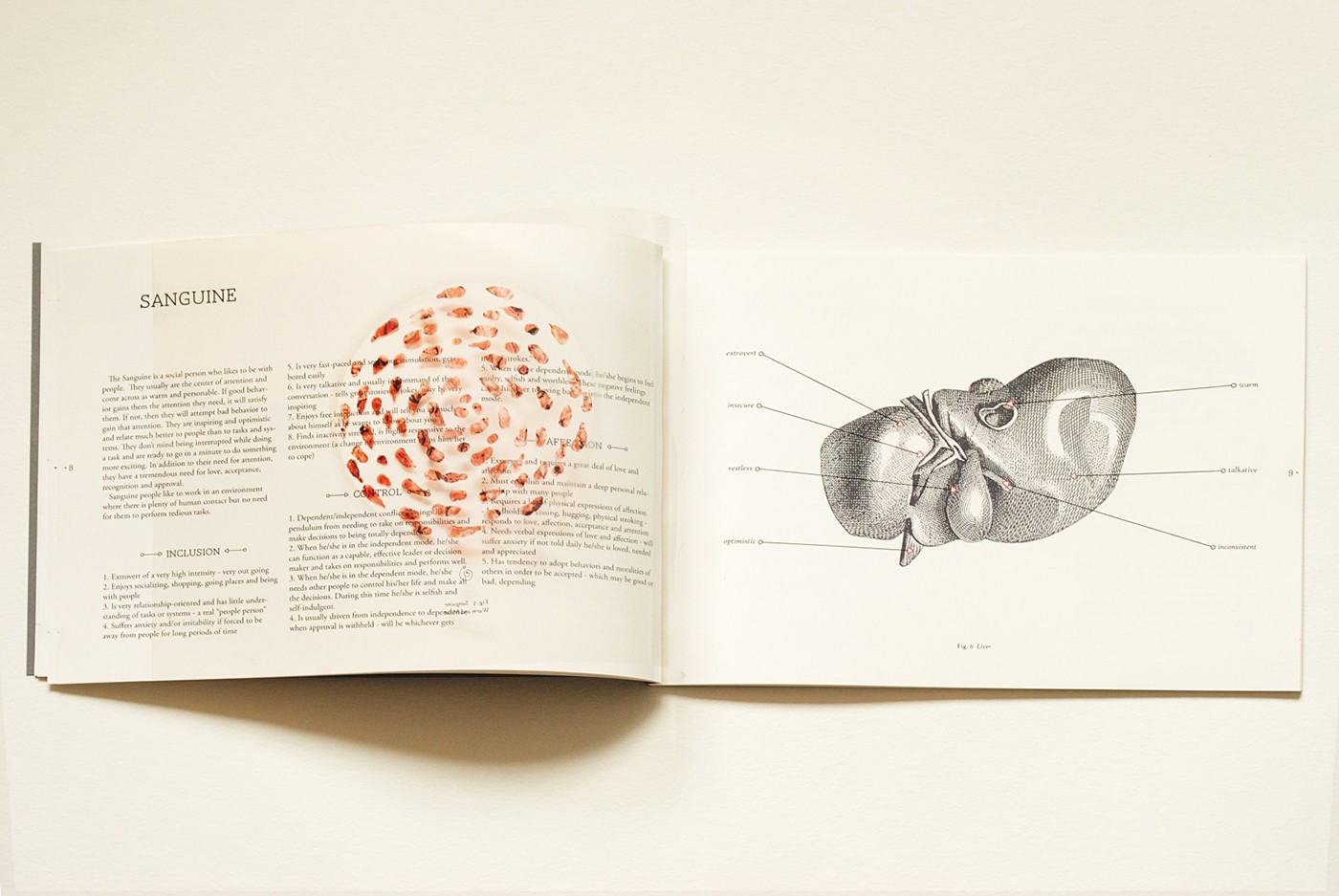

// Sanguine
The Sanguine is a social person who likes to be with people. They usually are the center of attention and come across as warm and personable. If good behavior gains them the attention they need, it will satisfy them. If not, then they will attempt bad behavior to gain that attention. They are inspiring and optimistic and relate much better to people than to tasks and systems. They don’t mind being interrupted while doing a task and are ready to go in a minute to do something more exciting. In addition to their need for attention, they have a tremendous need for love, acceptance, recognition and approval.
Sanguine people like to work in an environment where there is plenty of human contact but no need for them to perform tedious tasks.

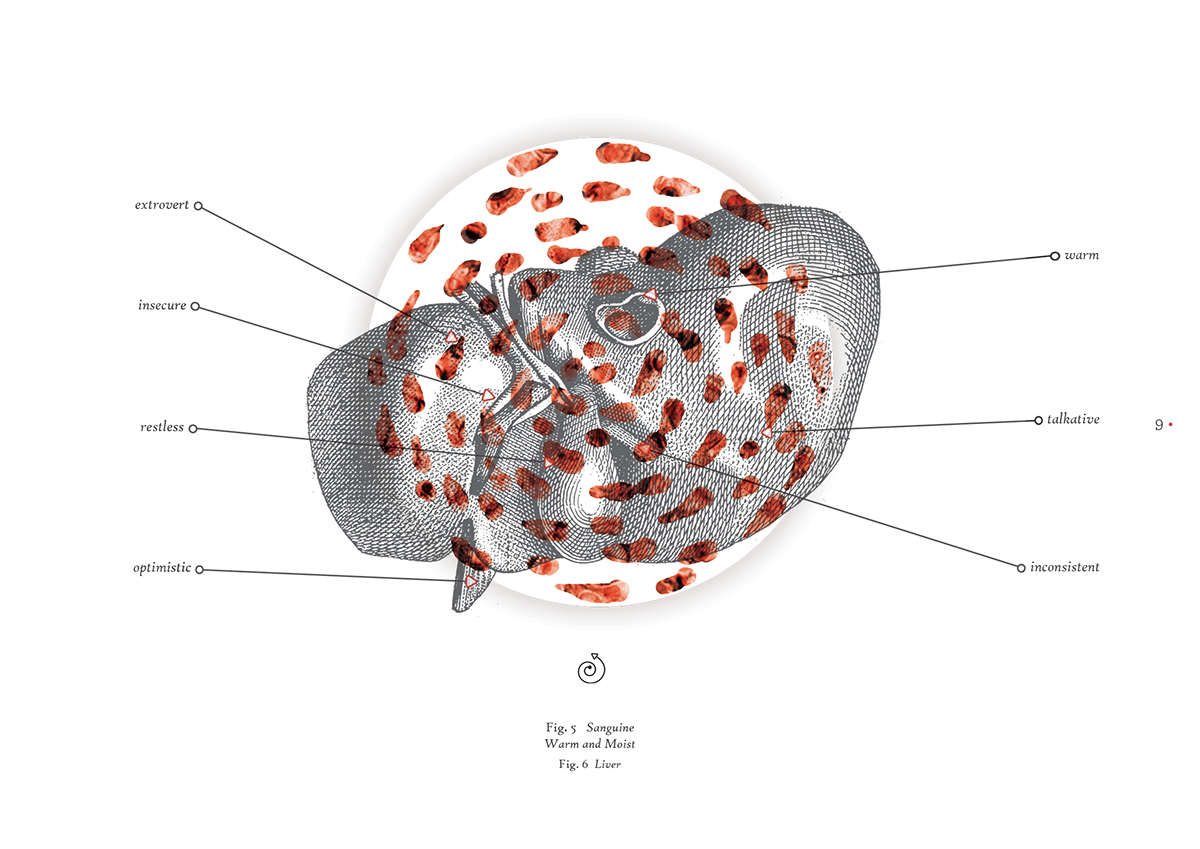
Inclusion
1. Extrovert of a very high intensity - very out going
2. Enjoys socializing, shopping, going places and being with people
3. Is very relationship-oriented and has little understanding of tasks or systems - a real “people person”
4. Suffers anxiety and/or irritability if forced to be away from people for long periods of time
5. Is very fast-paced and seeks out stimulation, gets bored easily
6. Is very talkative and usually in command of the conversation - tells great stories or jokes, may be very inspiring
7. Enjoys free interaction and will tell you as much about himself as he wants to know about you
8. Finds inactivity stressful, is highly responsive to the environment (a change of environment helps him/her to cope)
2. Enjoys socializing, shopping, going places and being with people
3. Is very relationship-oriented and has little understanding of tasks or systems - a real “people person”
4. Suffers anxiety and/or irritability if forced to be away from people for long periods of time
5. Is very fast-paced and seeks out stimulation, gets bored easily
6. Is very talkative and usually in command of the conversation - tells great stories or jokes, may be very inspiring
7. Enjoys free interaction and will tell you as much about himself as he wants to know about you
8. Finds inactivity stressful, is highly responsive to the environment (a change of environment helps him/her to cope)
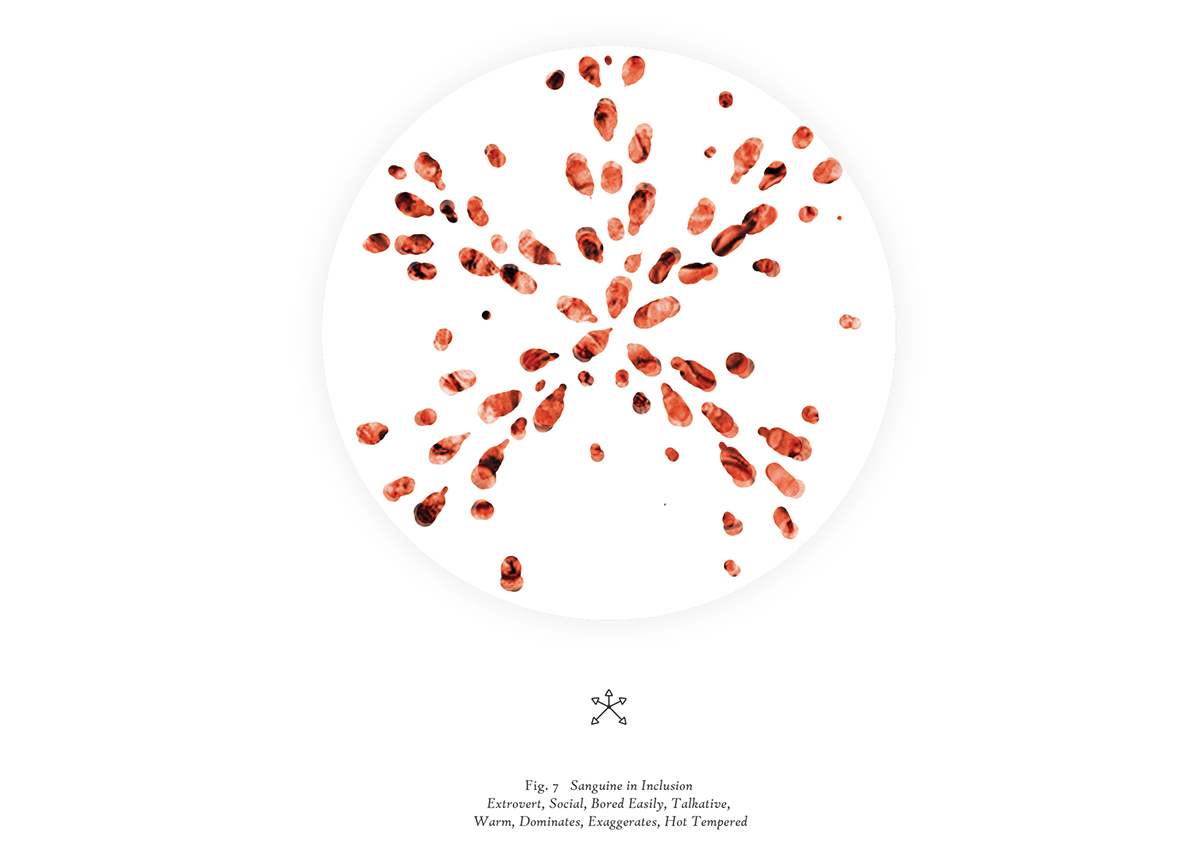
Control
1. Dependent/independent conflict - swings like a pendulum from needing to take on responsibilities and make decisions to being totally dependent.
2. When he/she is in the independent mode, he/she can function as a capable, effective leader or decision maker and takes on responsibilities and performs well.
3. When he/she is in the dependent mode, he/she needs other people to control his/her life and make all the decisions. During this time he/she is selfish and self-indulgent.
4. Is usually driven from independence to dependence when approval is withheld - will be whichever gets
more “strokes.”
5. When in the dependent mode, he/she begins to feel guilty, selfish and worthless. These negative feelings cause him/her to swing back to into the independent mode.
5. When in the dependent mode, he/she begins to feel guilty, selfish and worthless. These negative feelings cause him/her to swing back to into the independent mode.
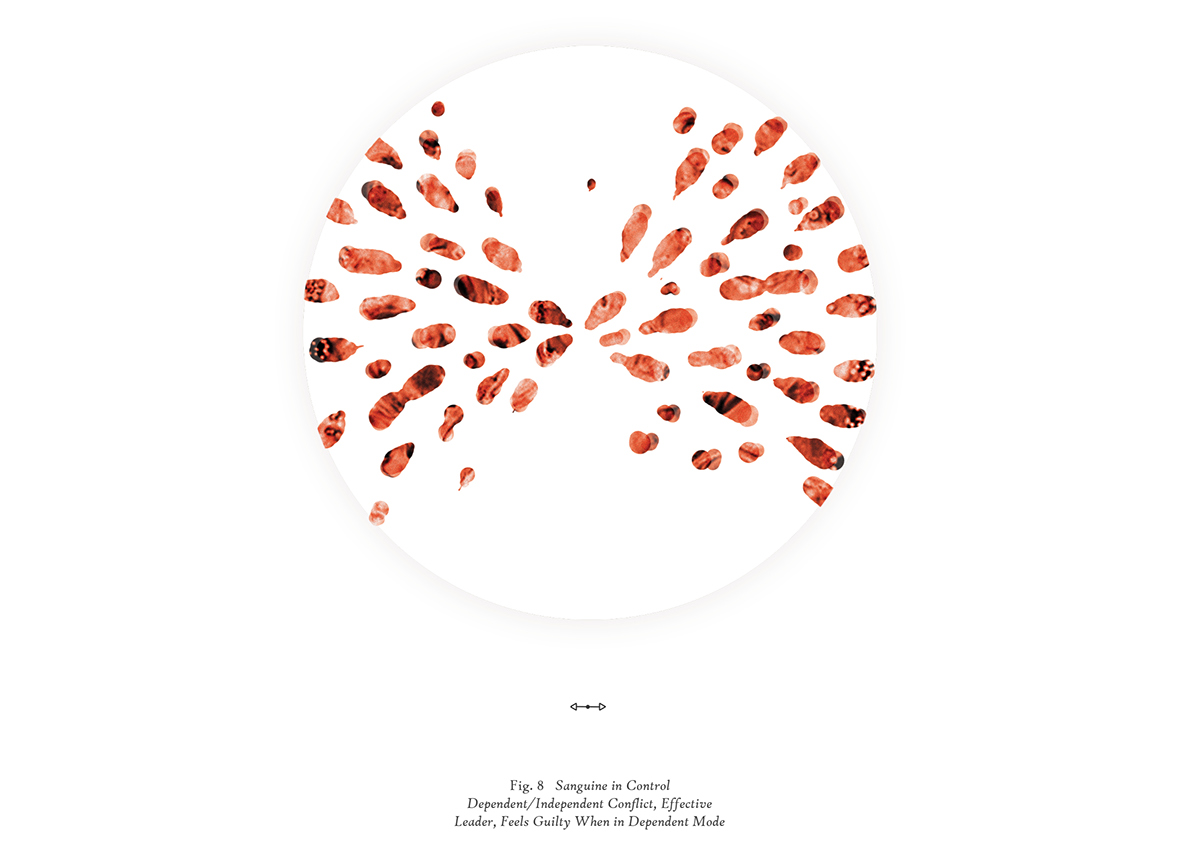
Affection
1. Expresses and requires a great deal of love and affection
2. Must establish and maintain a deep personal relationship with many people
3. Requires a lot of physical expressions of affection - handholding, kissing, hugging, physical stroking - responds to love, affection, acceptance and attention
4. Needs verbal expressions of love and affection - will suffer anxiety if not told daily he/she is loved, needed and appreciated
5. Has tendency to adopt behaviors and moralities of others in order to be accepted - which may be good or bad, depending
2. Must establish and maintain a deep personal relationship with many people
3. Requires a lot of physical expressions of affection - handholding, kissing, hugging, physical stroking - responds to love, affection, acceptance and attention
4. Needs verbal expressions of love and affection - will suffer anxiety if not told daily he/she is loved, needed and appreciated
5. Has tendency to adopt behaviors and moralities of others in order to be accepted - which may be good or bad, depending
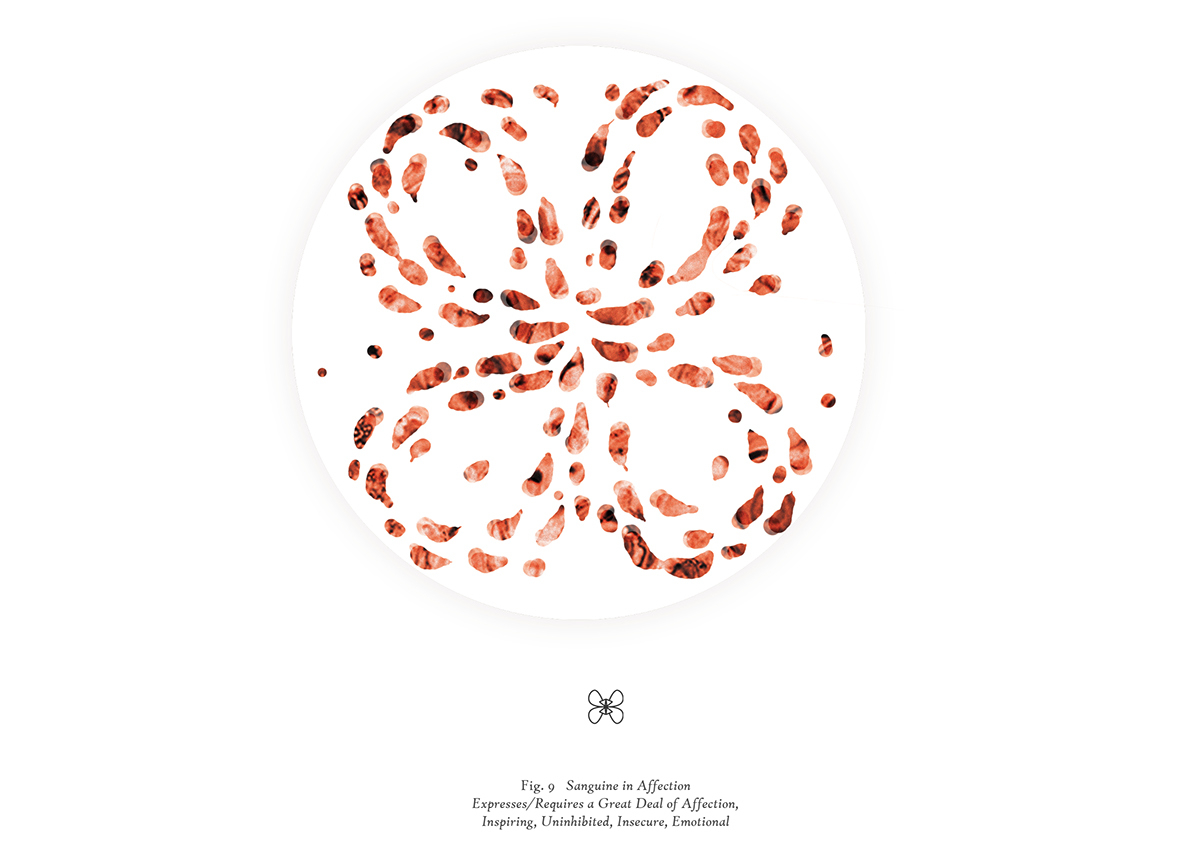
// Melancholic
The Melancholy is extremely creative. The great artists, musicians and other creative people are usually of the Melancholy temperament. They are detailed and task oriented and relate better to systems and tasks than to people. They have very high intellectual capacities; they are thinkers. They see both the end result and the pitfalls in any project they undertake. They prefer to work at a slow, steady pace and need quiet time alone each day to think, dream and regenerate. They tend to be perfectionists and set extremely high standards for themselves and the people around them. This can cause frustration and relational friction.
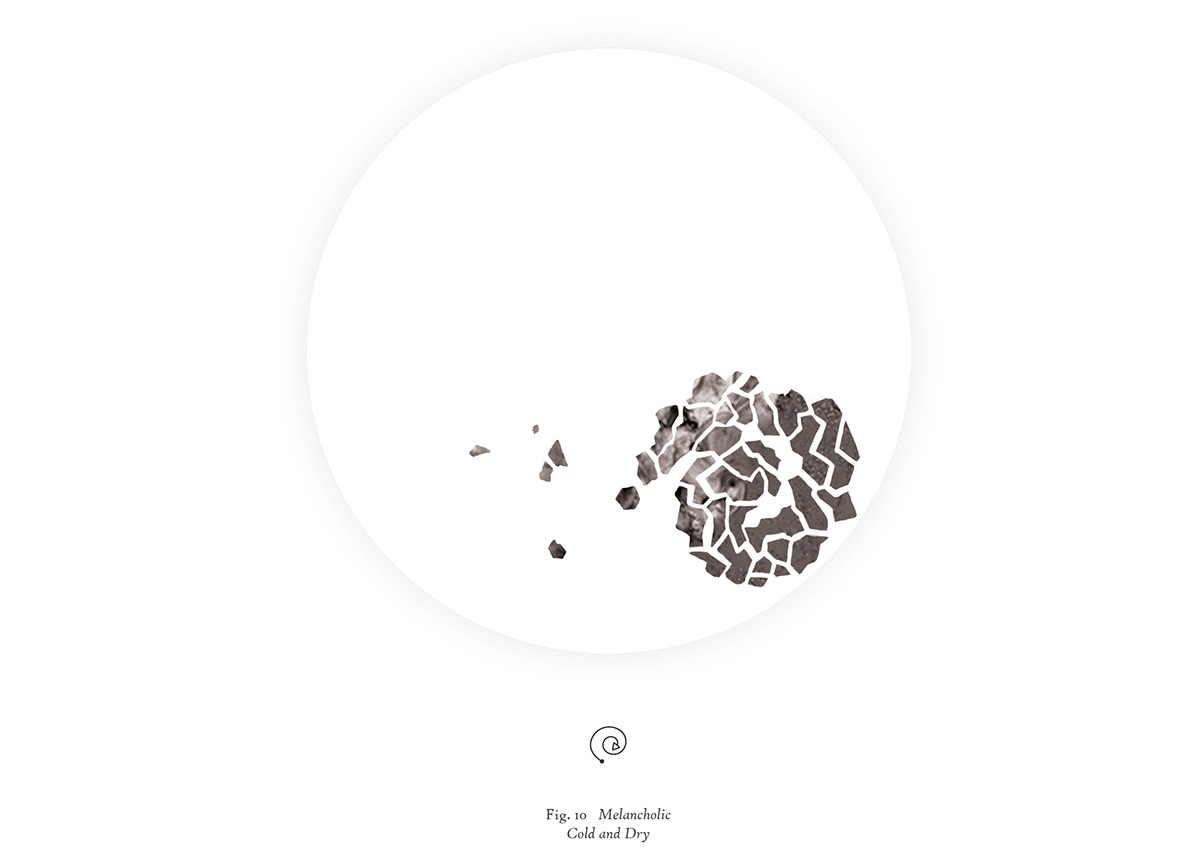
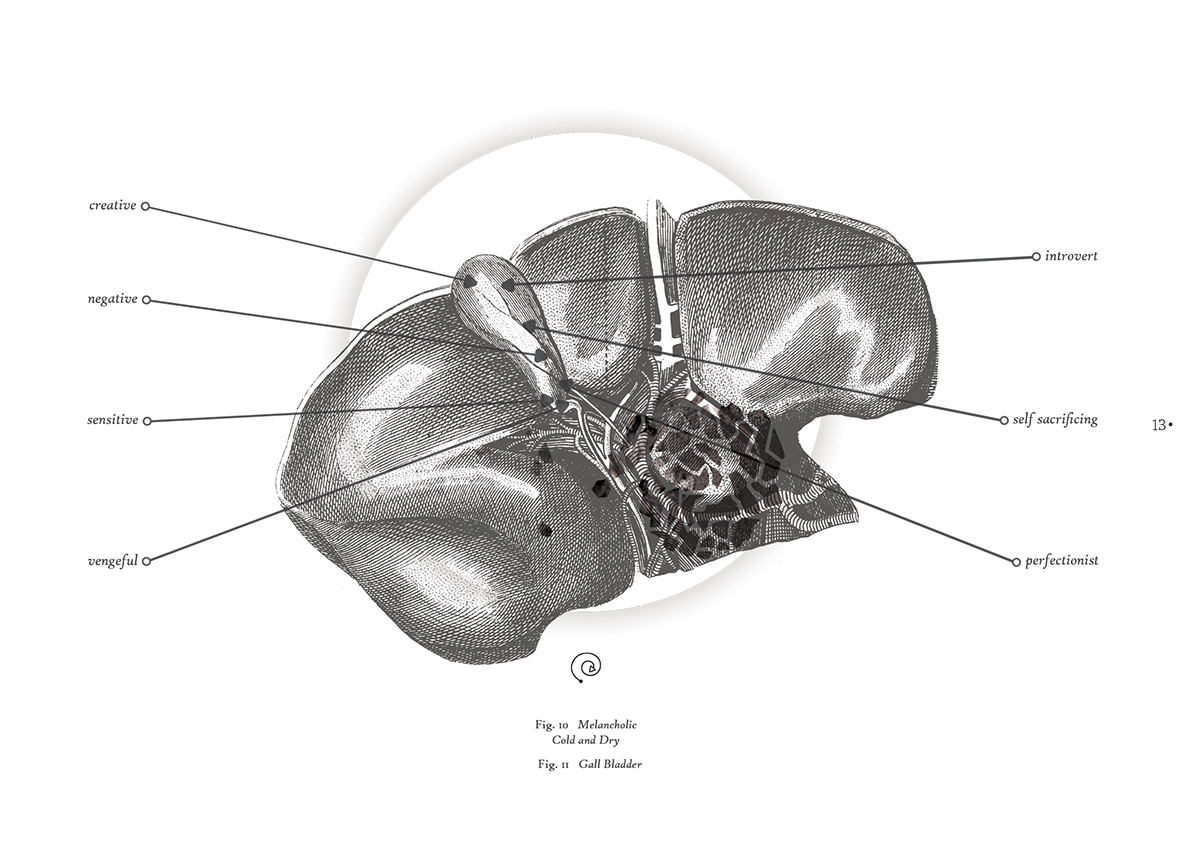
Inclusion
1. Introvert, a very private and serious person (this is compounded if he/she is a first born)
2. Needs alone, quiet time every day to think and regenerate
3. In social situations he/she approaches very few people for association and socialization and is happier when not approached for socialization
4. Is a homebody who would rather stay home than socialize
5. Task-oriented - relates better to tasks and systems than to people, approaches life as a step by step task to undertake, always with an end result in mind
6. Slow-paced, works at a steady, slow pace and loses momentum as the day progresses
2. Needs alone, quiet time every day to think and regenerate
3. In social situations he/she approaches very few people for association and socialization and is happier when not approached for socialization
4. Is a homebody who would rather stay home than socialize
5. Task-oriented - relates better to tasks and systems than to people, approaches life as a step by step task to undertake, always with an end result in mind
6. Slow-paced, works at a steady, slow pace and loses momentum as the day progresses
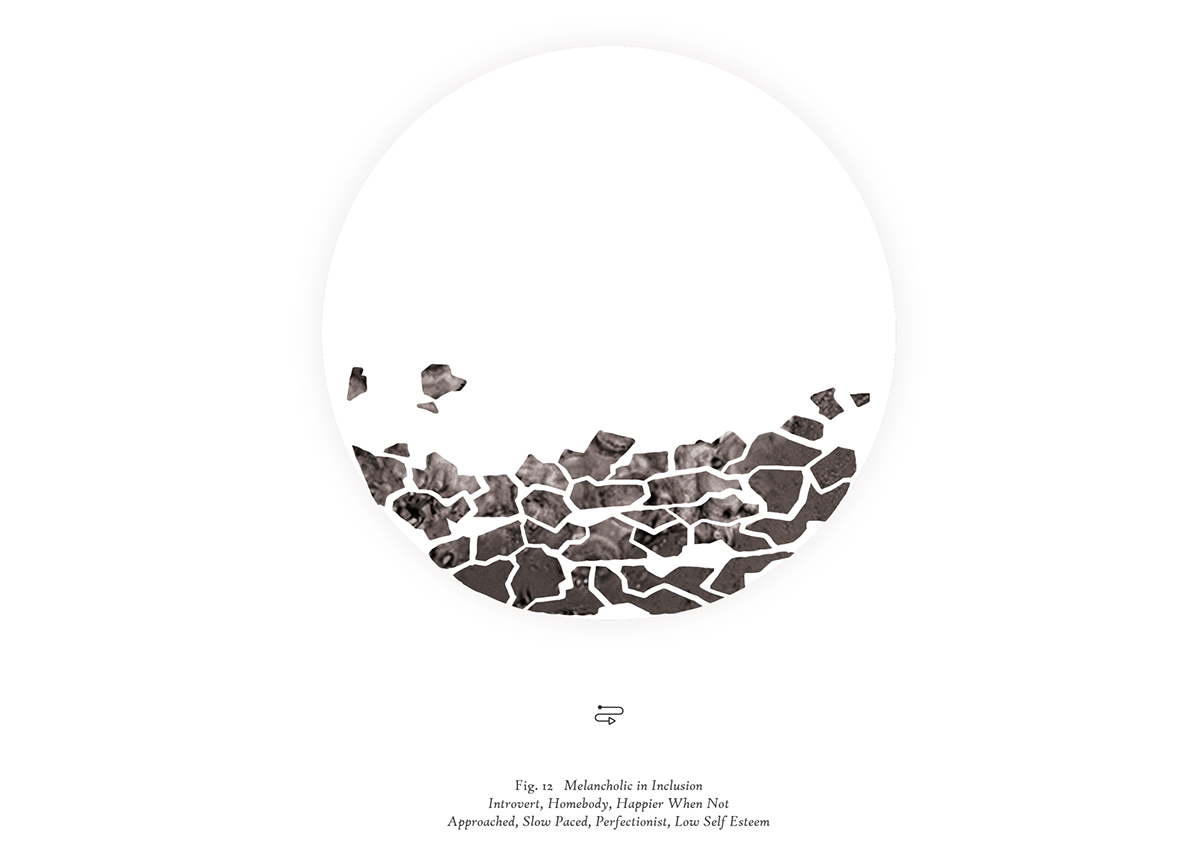
Control
1. Expresses very little control over the lives and behaviors of others, and will not tolerate control over his/her life and behavior - highly independent and strong-willed
2. Demands order, truth, reliability and dependability from himself/herself and others - perfectionistic
3. Must appear competent and in control
4. Intellectually oriented - needs facts, research, information - when he/she has the necessary information, he/she must act upon it - will follow individuals whom he/she knows to be intellectually superior (has respect for them as leaders)
5. May become anxious if anyone is his/her sole responsibility
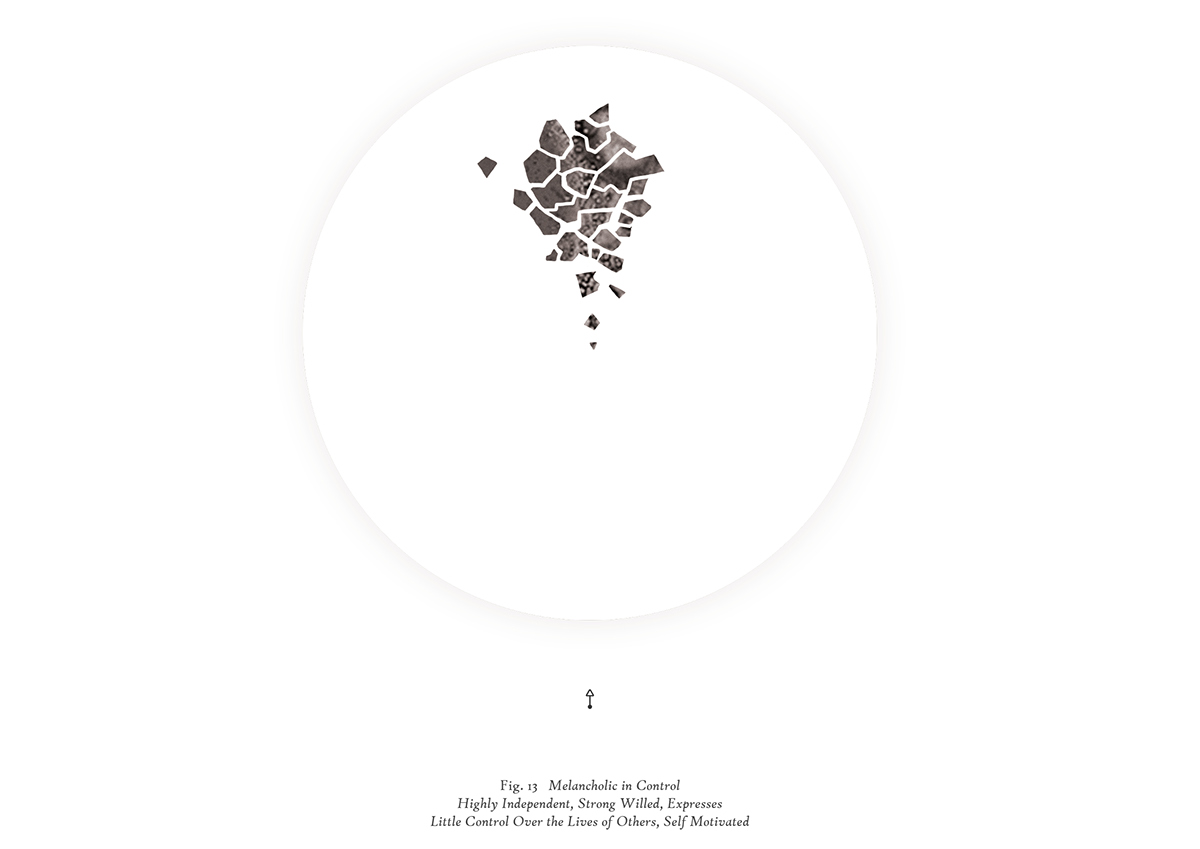
Affection
1. Rarely shows or wants physical expressions of love and affection - physical touch is regarded as part of foreplay, leading to sex; otherwise, it is considered nonsense
2. Has very few deep personal relationships - may include only spouse and children and possibly parents plus one or two good friends
3. Has very deep tender feelings but struggles to express them
4. If shown too much physical love and affection, he/she feels crowded, as if his/her “space” is being invaded
5. Expresses love and affection by performing tasks, being responsible and dependable - and accepts love and affection expressed in these ways (performing tasks)
2. Has very few deep personal relationships - may include only spouse and children and possibly parents plus one or two good friends
3. Has very deep tender feelings but struggles to express them
4. If shown too much physical love and affection, he/she feels crowded, as if his/her “space” is being invaded
5. Expresses love and affection by performing tasks, being responsible and dependable - and accepts love and affection expressed in these ways (performing tasks)
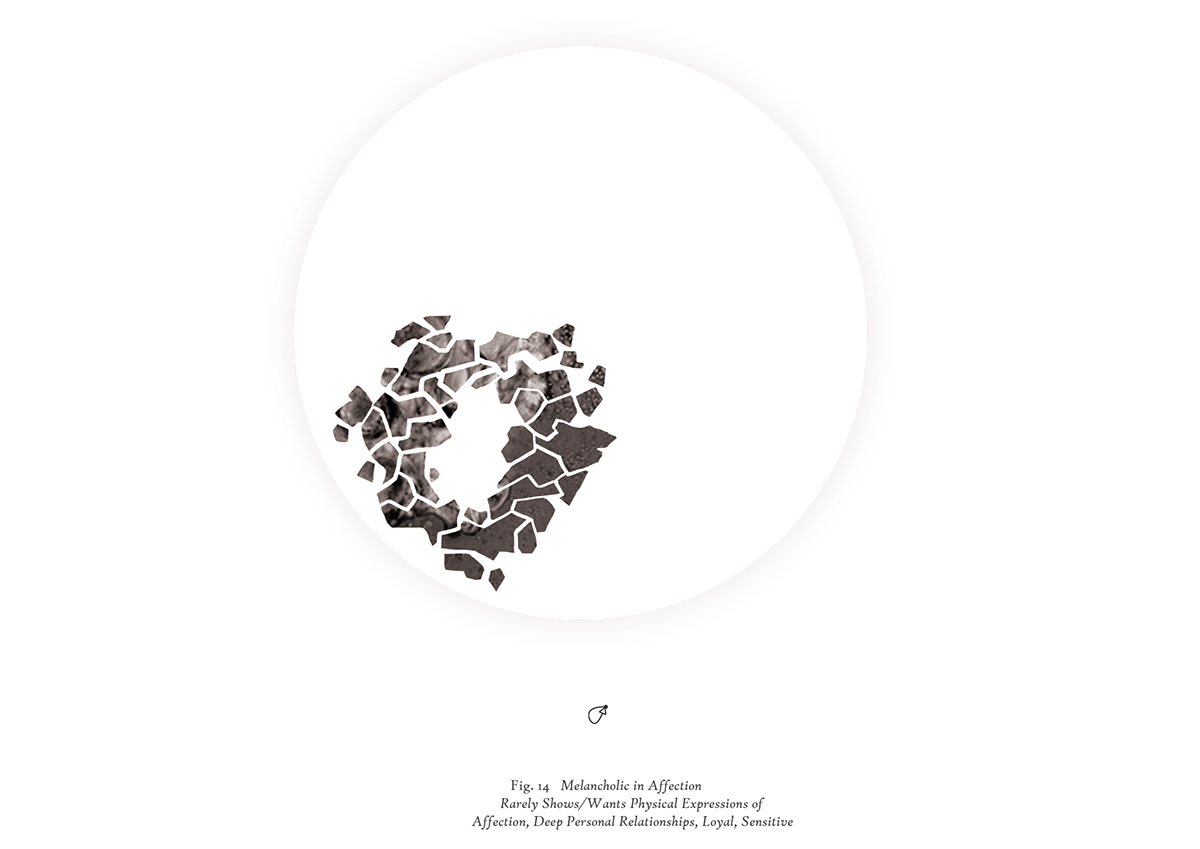
// Phlegmatic
Phlegmatics are both extroverted and introverted, but they do not like to spend their energy on people. They are task-oriented. Tasks are performed in order to make a living, not to establish or maintain relationships. They like routine and are exact in even the most boring tasks. They are slow-paced and lose momentum as the day progresses. Nothing other than sleep will regenerate them. They are calm, easy-going, efficient and tend to be peacemakers. They are unemotional and tend to use a wry sense of humor when others get emotional. It’s difficult to make them angry or to motivate them. They have a low energy reserve and resent being pushed beyond their endurance.
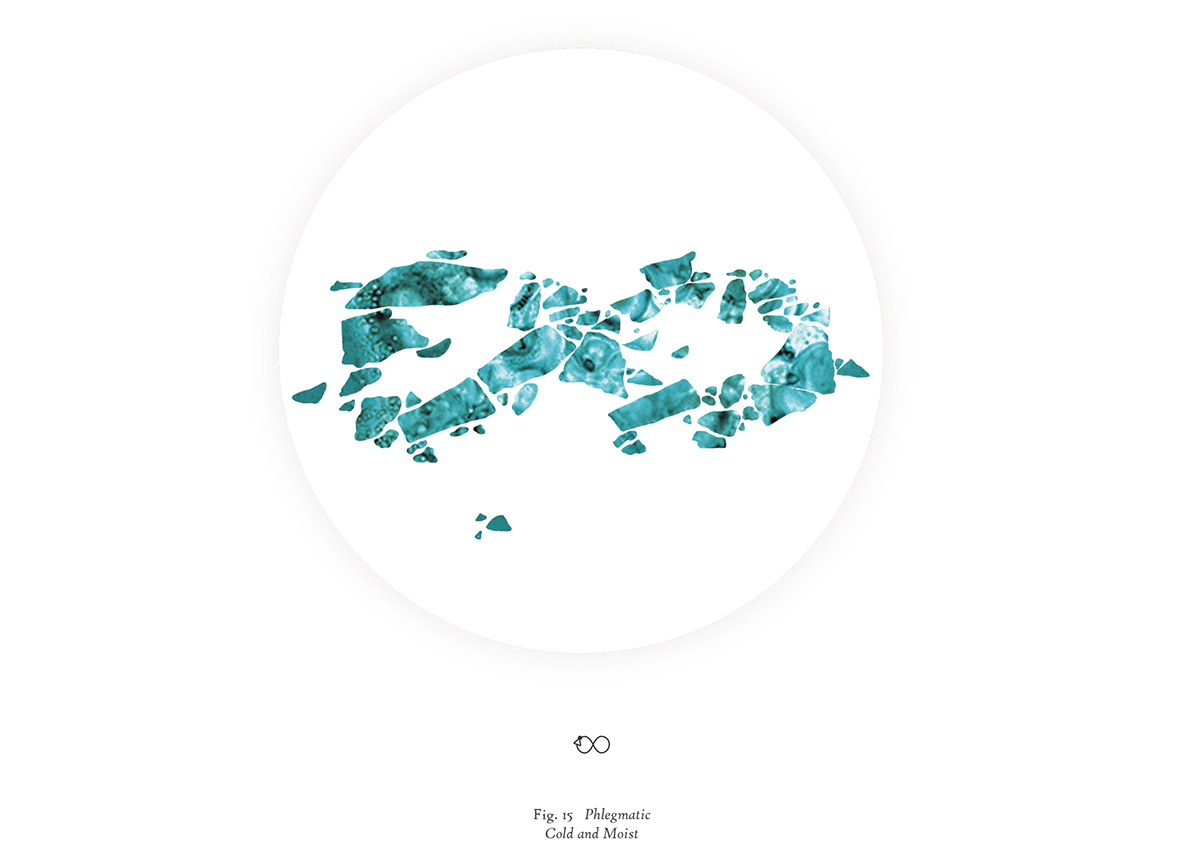

Inclusion
1. Extrovert/introvert - relates well to tasks, systems and ideas and also relates well to people and is able to socialize when the need arises
2. Best suited for tasks which require precision and accuracy
3. Very tough-minded - when his/her mind is made up, it is hard to change it
4. Tries to inspire others to do something about injustices because he/she lacks the energy to do it
5. Self-motivated - will make changes or move from the present state only when his mind commands
6. Slow-paced - prefers working at a slow, steady pace - loses momentum as the day progresses
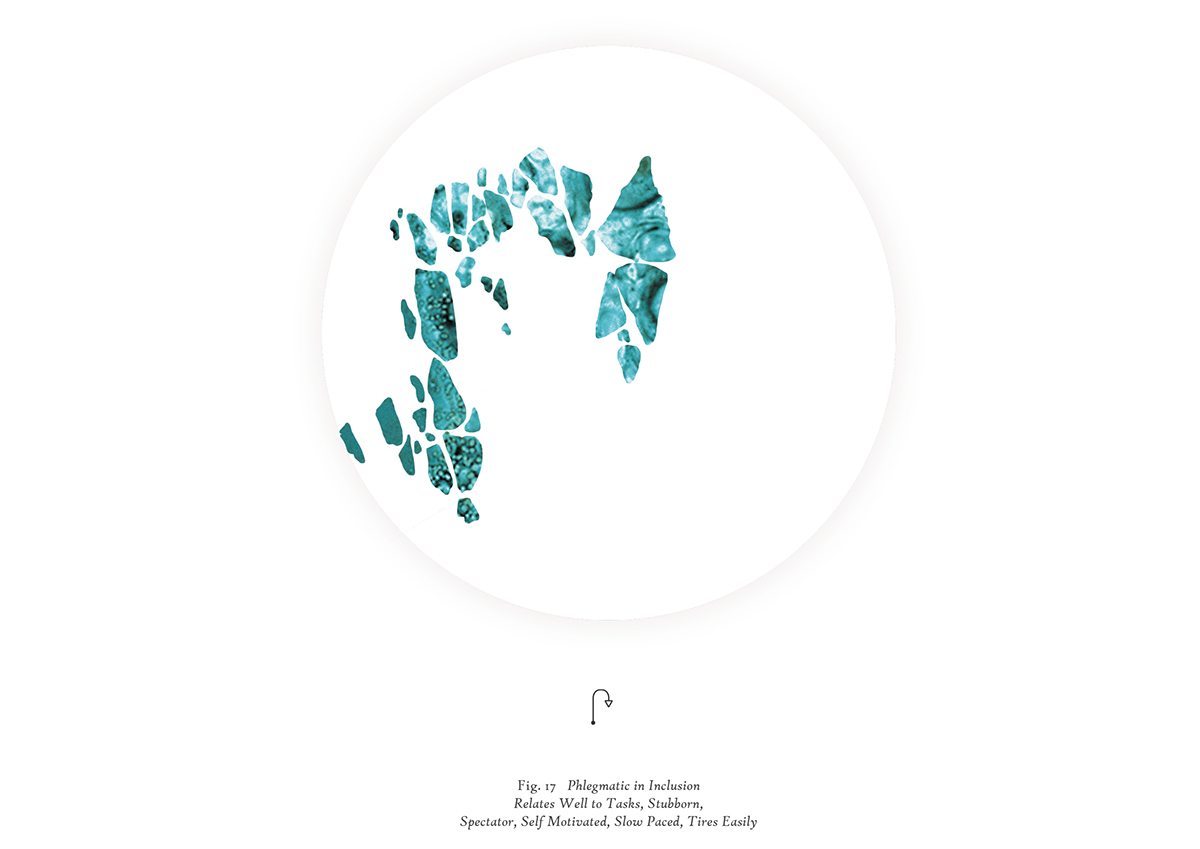
Control
1. Independent, self-motivated
2. Expresses a moderate amount of control over the lives and behaviors of others and will allow only a moderate amount of control over his/her life and behavior
3. Capable of making decisions and taking on responsibilities, but prefers to share responsibilities and decisions rather than doing it alone - prefers team work
4. Very democratic - expects others to work as hard as he/she does and to carry their part of the load
5. When he/she must take a stand against popular opinion, he/she will attempt to motivate others to take action because he/she lacks the energy to take any real action himself/herself
6. Uses a “dry” (sometimes witty, often sarcastic) sense of humor as a defense mechanism to prevent others from motivating him/her - this is to protect his/her low energy reserve
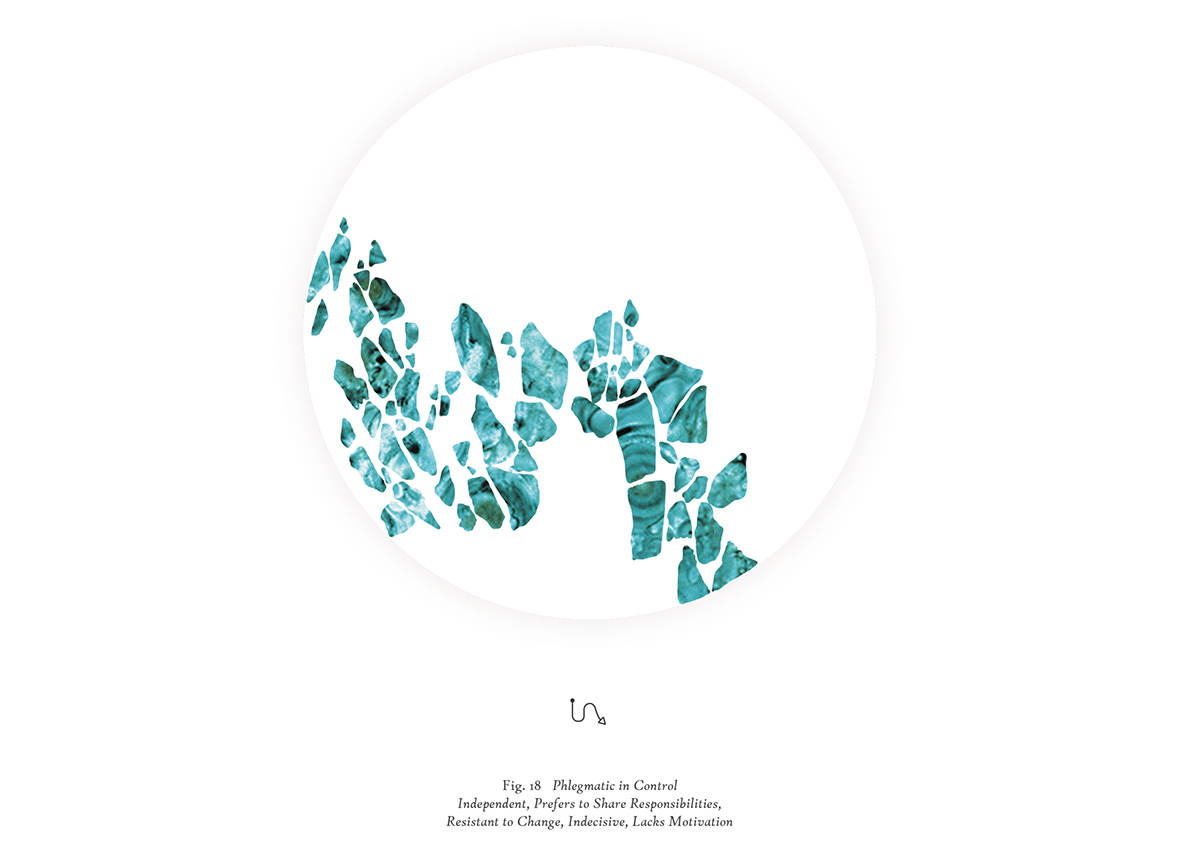
Affection
1. Expresses and wants only a moderate amount of love and affection
2. Deep personal relationships are very few and far between
3. Hides personal feelings behind a “dry” (sometimes witty, often sarcastic) sense of humor
4. Tends to be an observer of deep relationships and uses “dry” humor to avoid becoming too involved - this is a defense mechanism to protect his/her low energy level
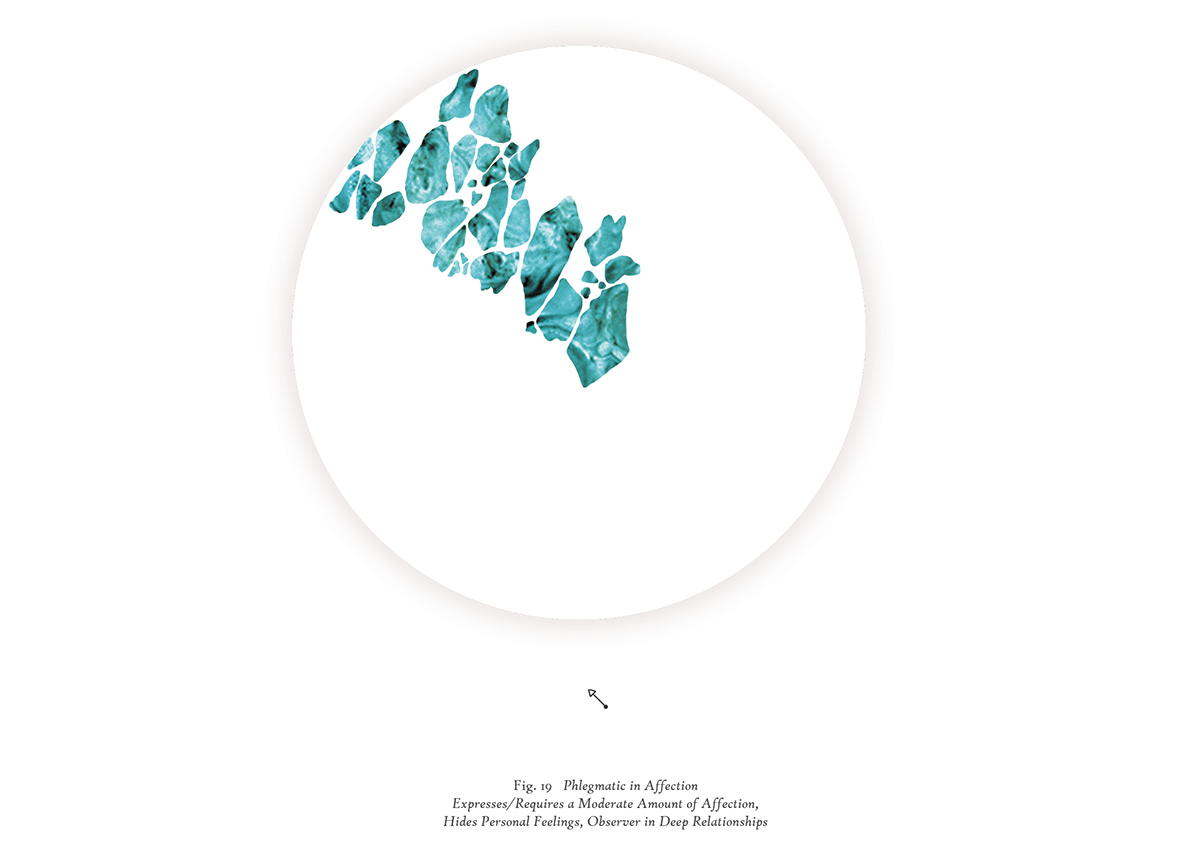
// Choleric
The Choleric is highly personable, optimistic, and well liked. Cholerics can be very charming, open and friendly to most of the people around them. Associates and people they meet at parties or social gatherings respond well to their charm. However, since the Choleric is goal and mission oriented, they will use socializing, parties and associations primarily to network with people who will be useful for them in reaching their goals. They will not want to participate in any endeavor unless there is something in it for them.
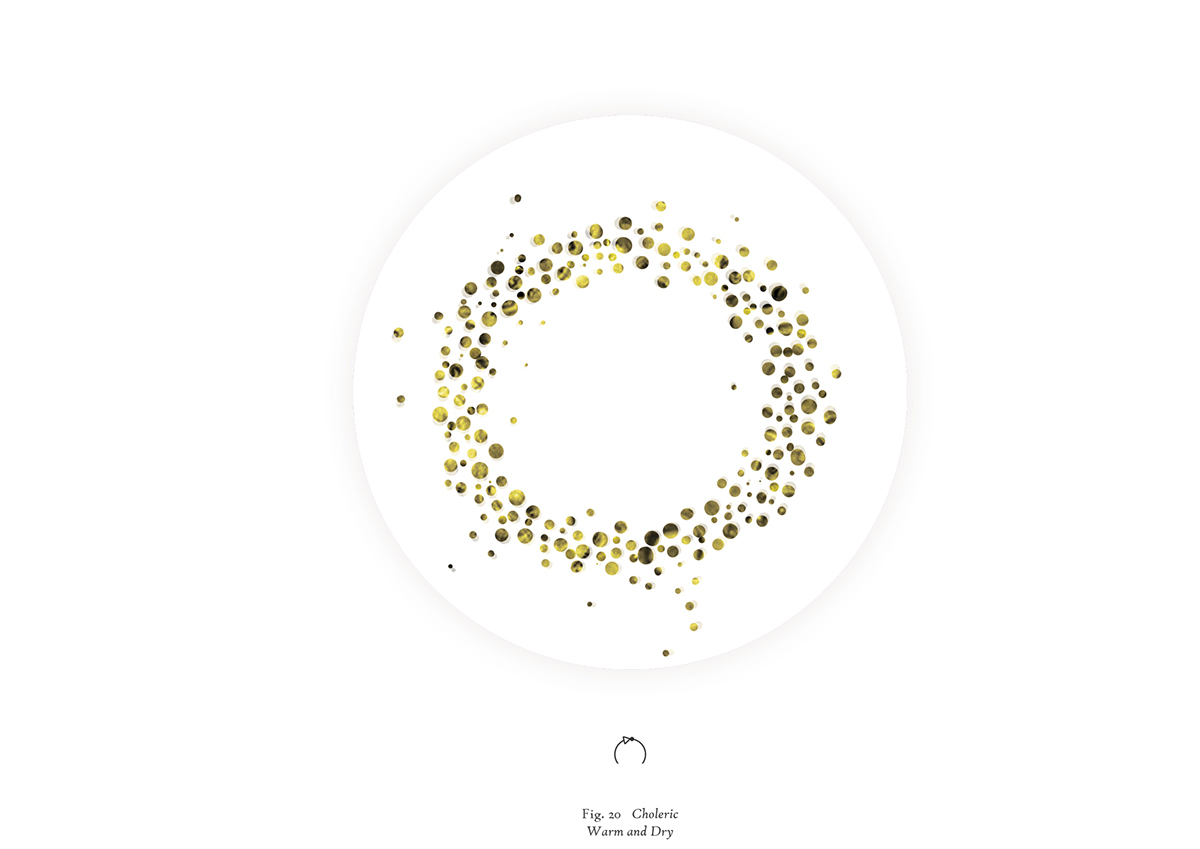
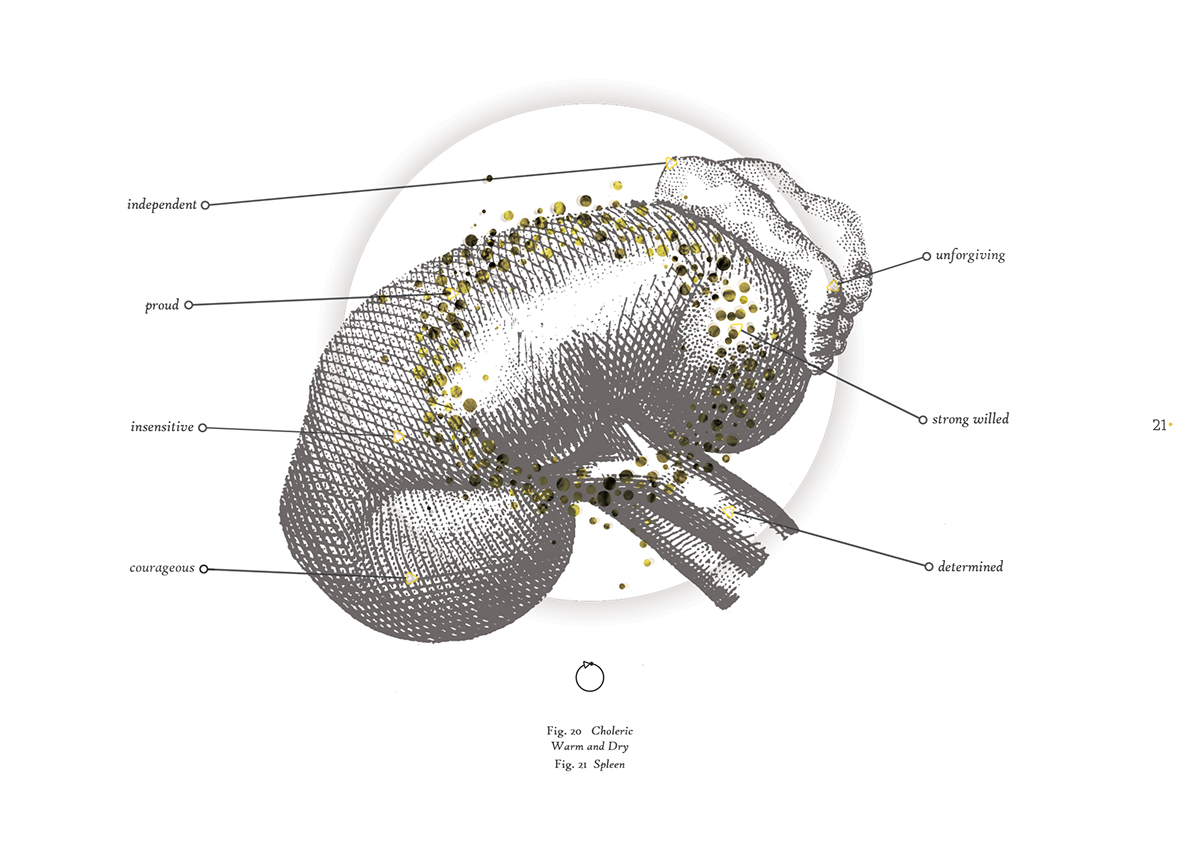
Inclusion
1. Extrovert of a highly selective nature
2. Approaches many people for association and socialization but wants to associate with only a select few.
3. Uses ability to socialize as a screening device, selecting those individuals with whom he/she wishes to associate
4. Chooses social events that meet his/her needs and desires
5. The few people he/she chooses to associate with must meet a criteria that is in his/her mind
6. Fast-paced - prefers working at a furious pace
7. Task-oriented - relates better to tasks and systems than to people
8. Tough-minded, strong-willed - once his/her mind is made up, he/she has a hard time changing it
9. Needs recognition for accomplishments
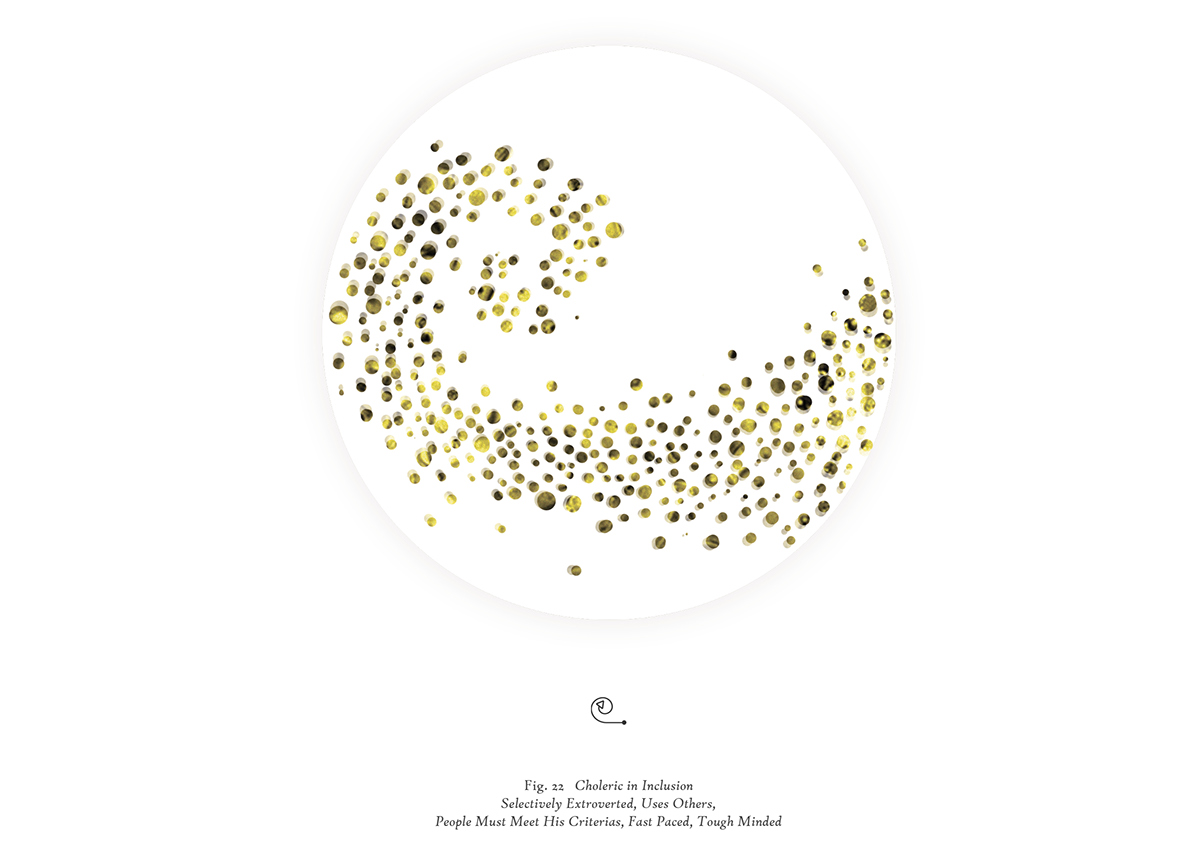
Control
1. Extremely independent
2. When undertaking a task, he/she wants complete control over it, tolerating very little interference from other people
3. Must have a great deal of control over the lives and behaviors of other people, but will tolerate almost no control over his/her life and behavior
4. Very strong willed
5. Must receive recognition for accomplishments
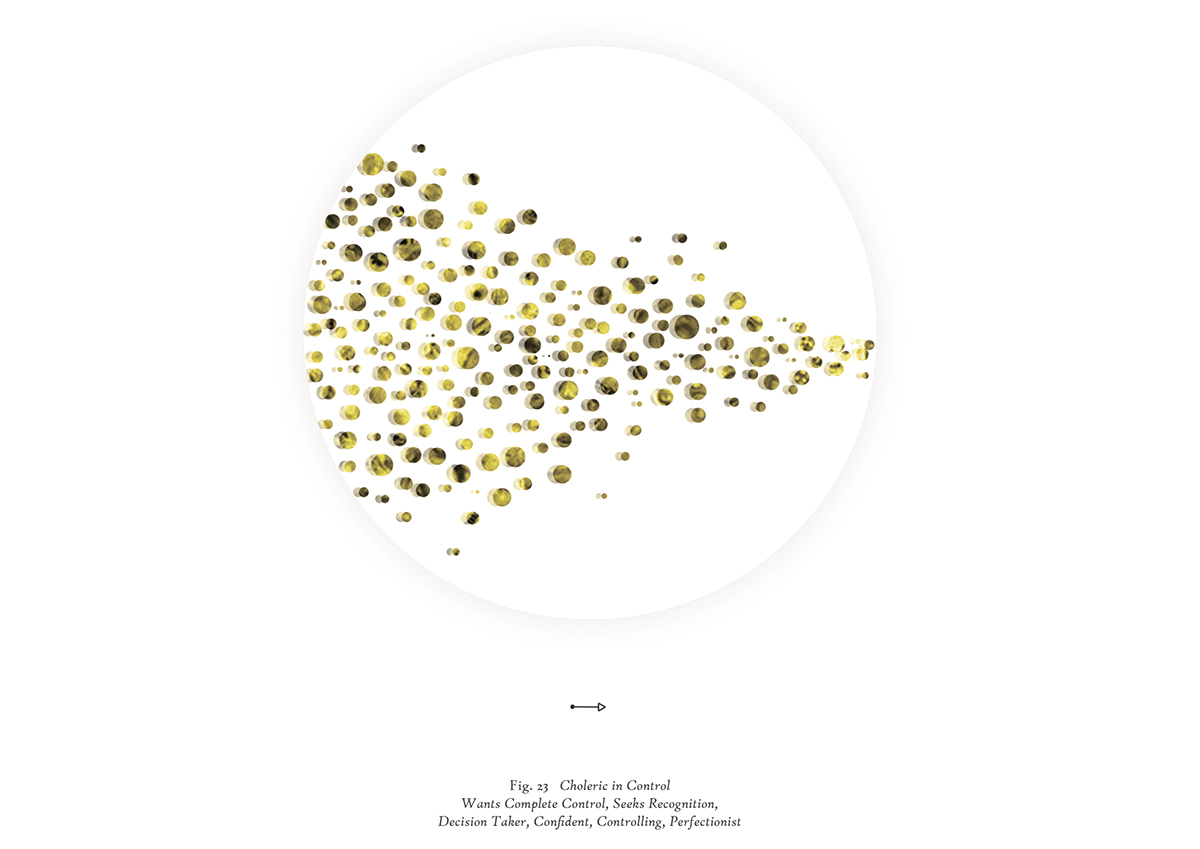
Affection
1. Shows a great deal of affection but only requires a small amount
2. Will only give and receive love and affection when it is according to his/her terms
3. Refuses to believe that people really love him/her unless the love is given according to the way he/she believes it should be given
4. Lacks emotional development
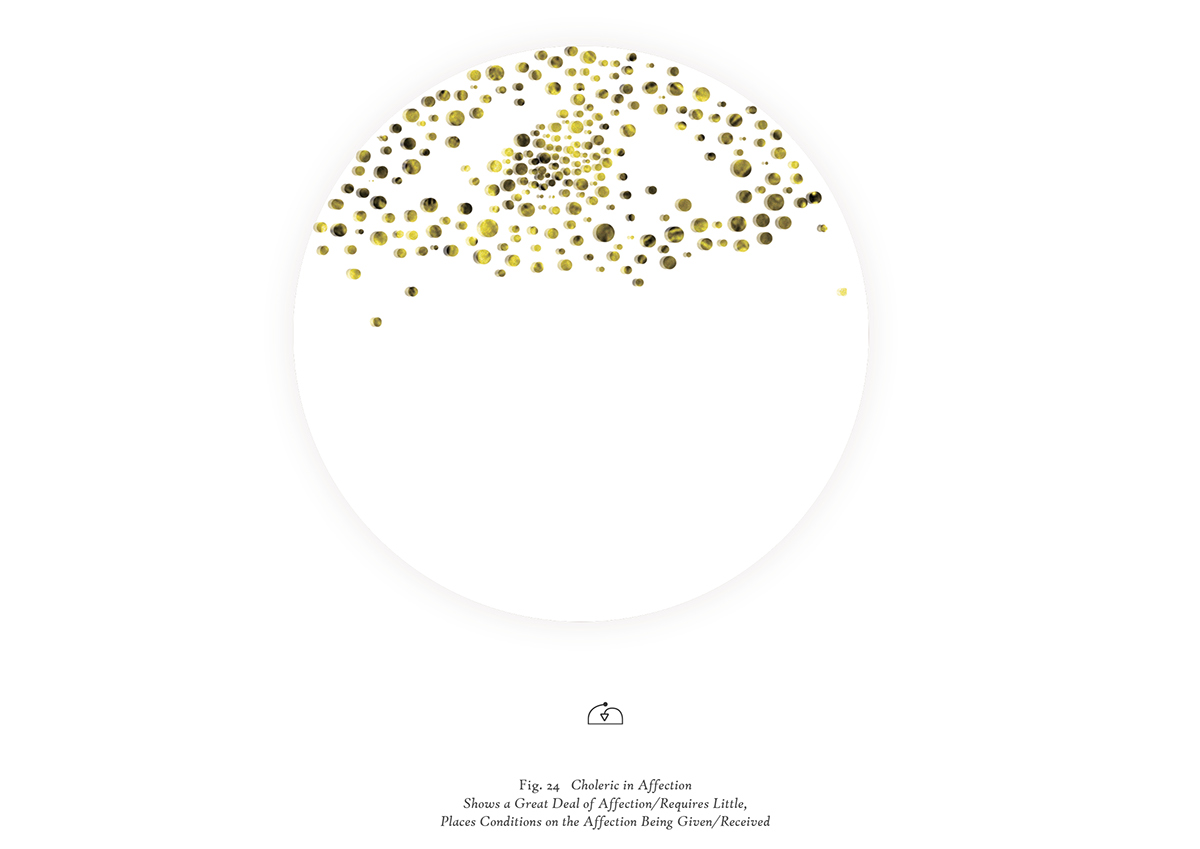
// Temperament Mixes
Based on this system of visualizing the temperaments, temperament combinations can be formed, giving more insight on how someone’s personality may look like.
The symbols have been omitted, thus making the images open for interpretation. The images should be viewed in a similar matter as the ones preceding them.
